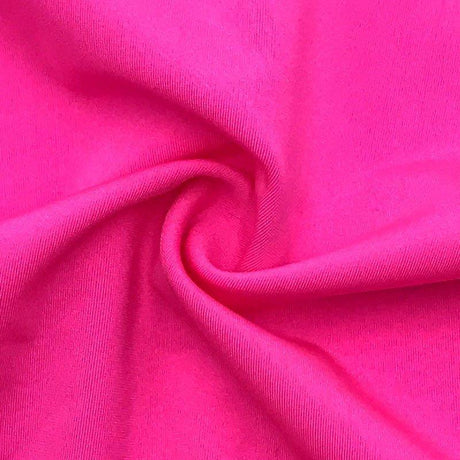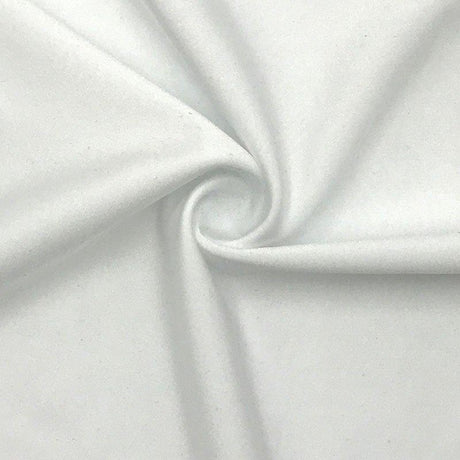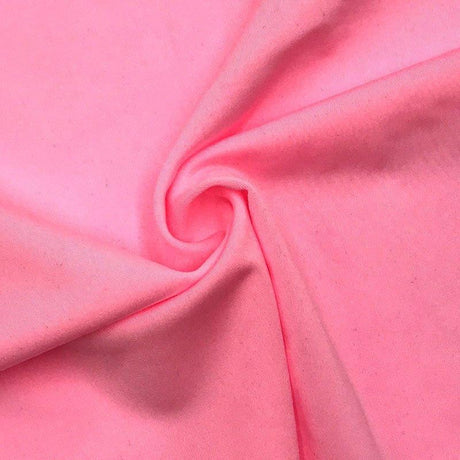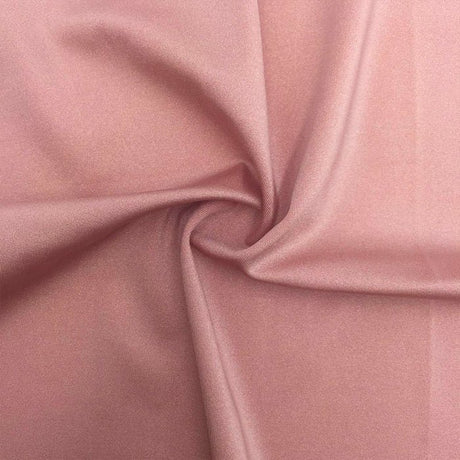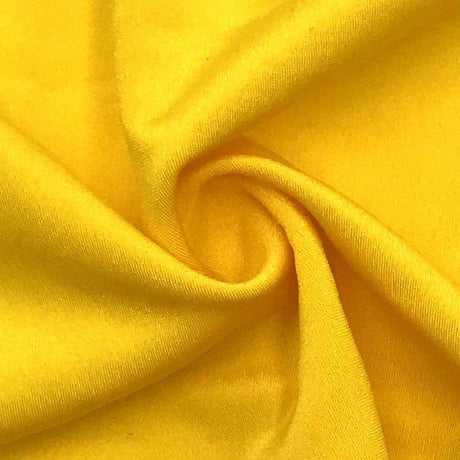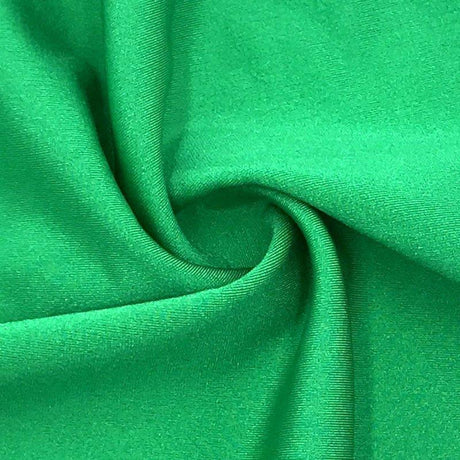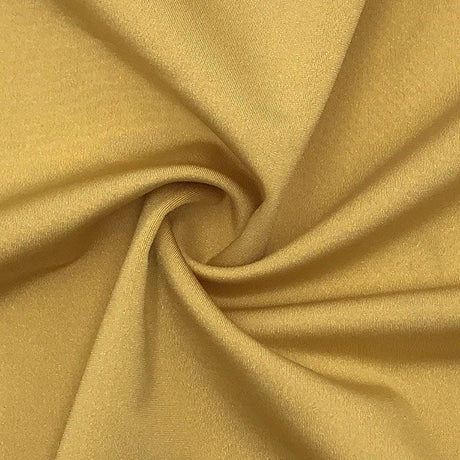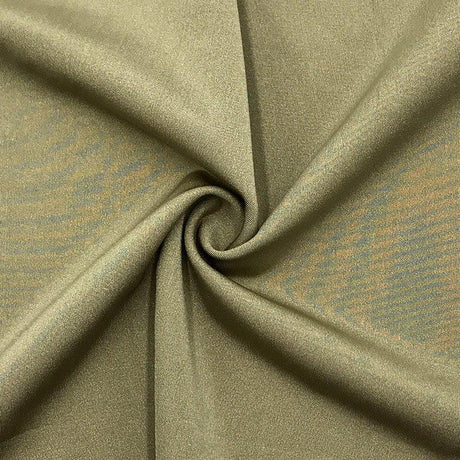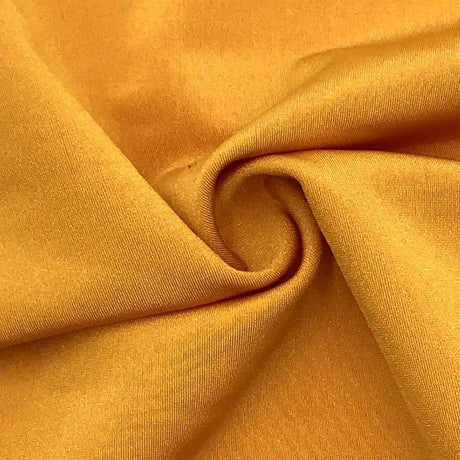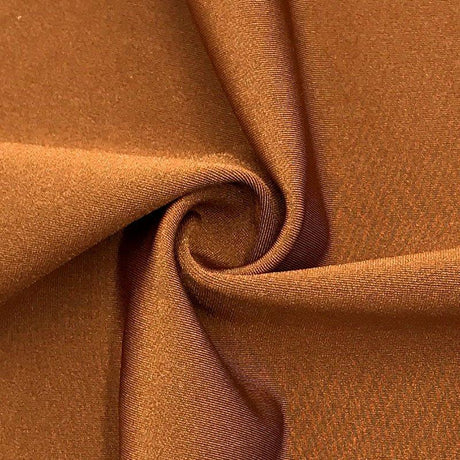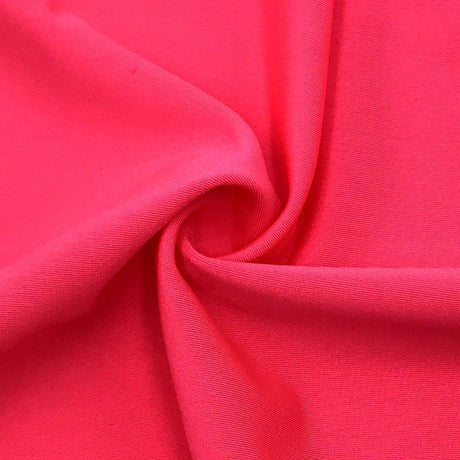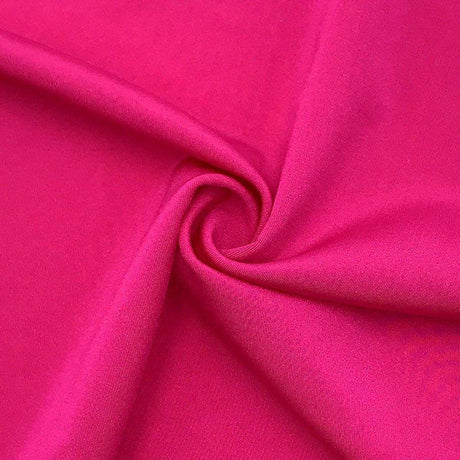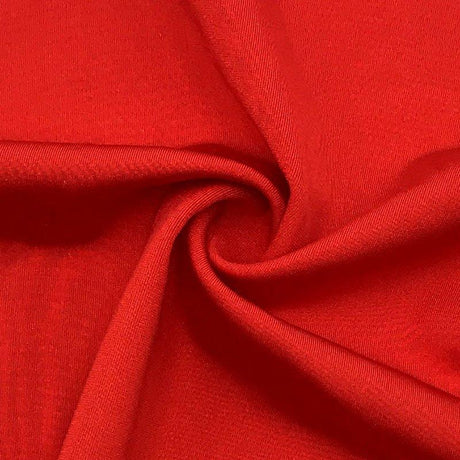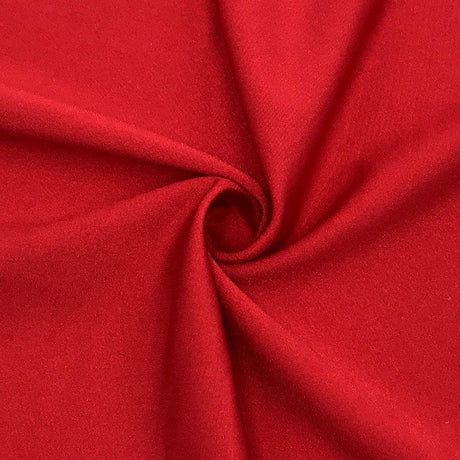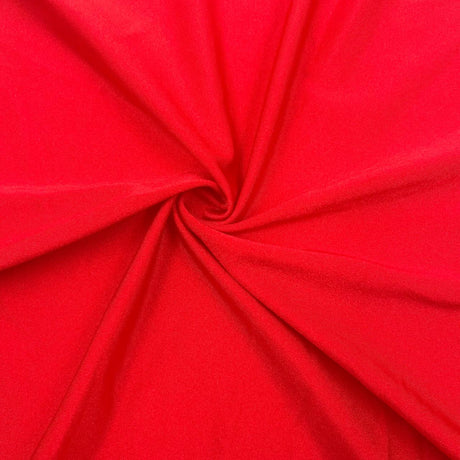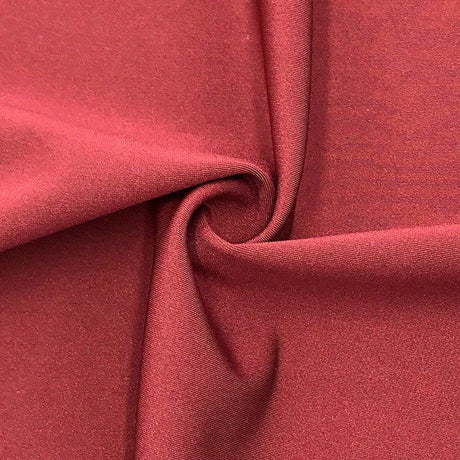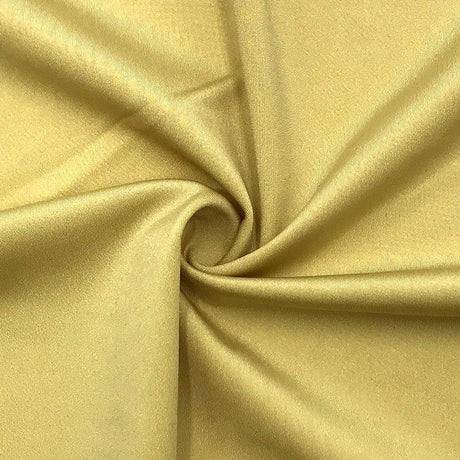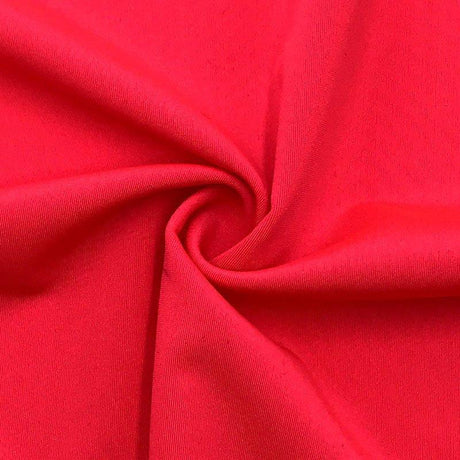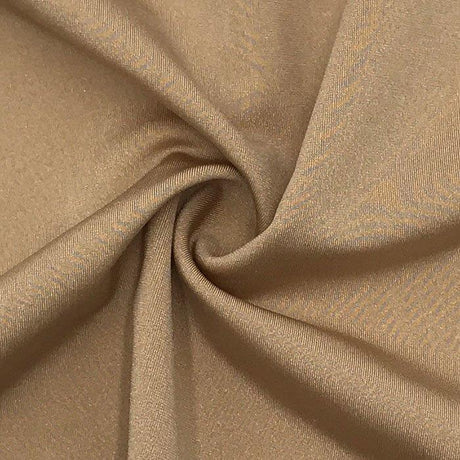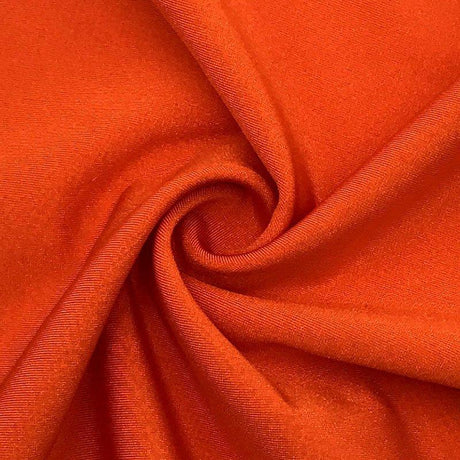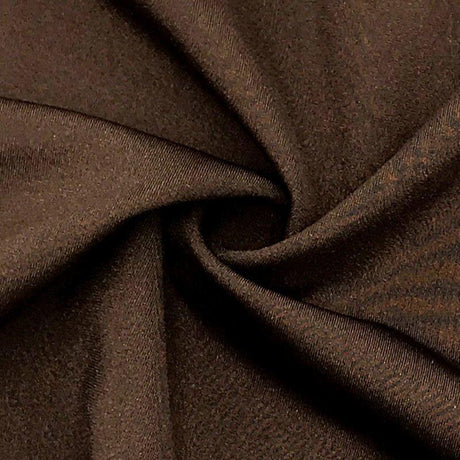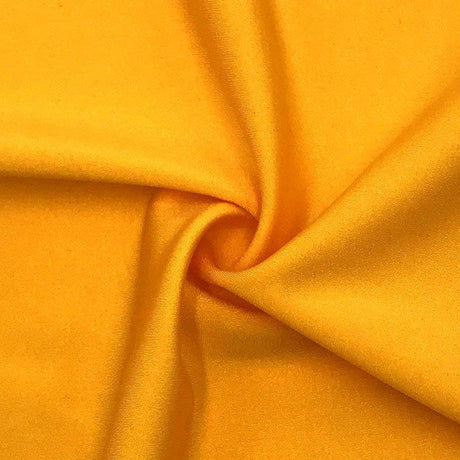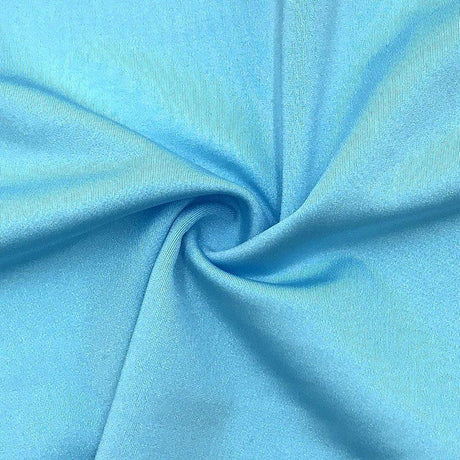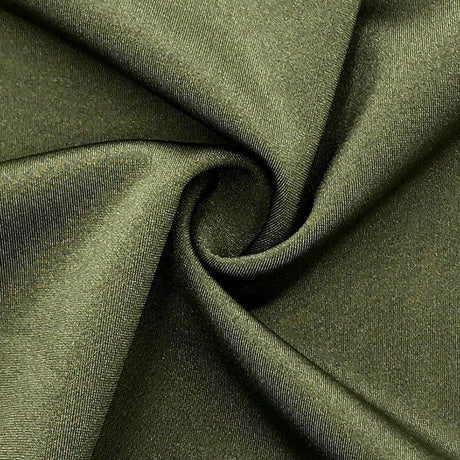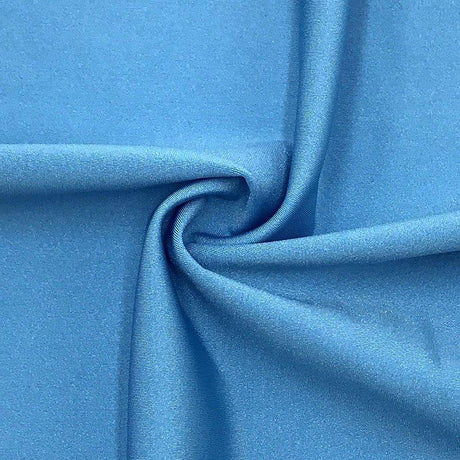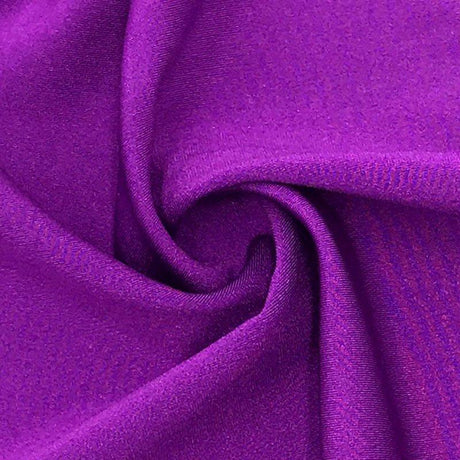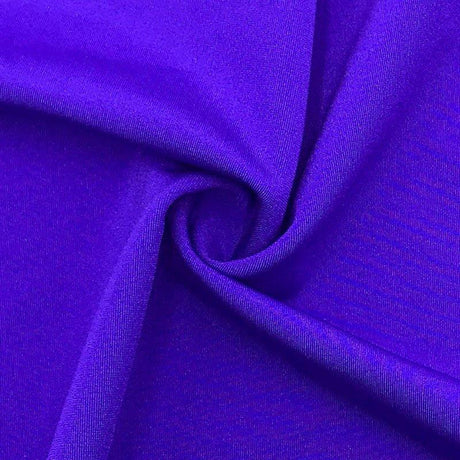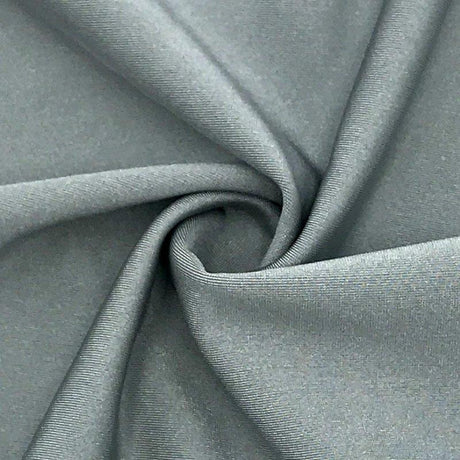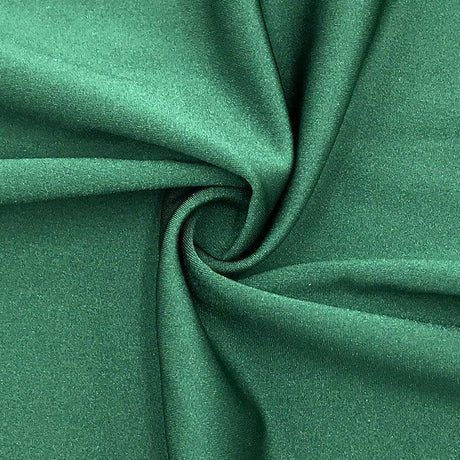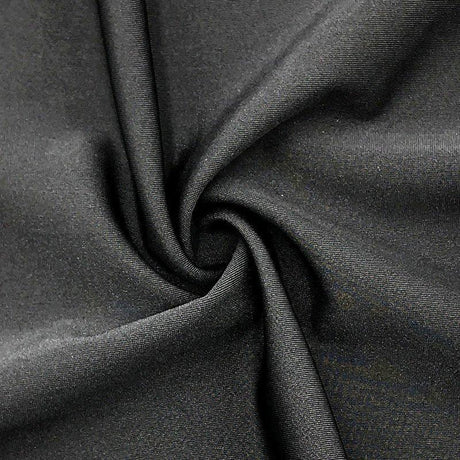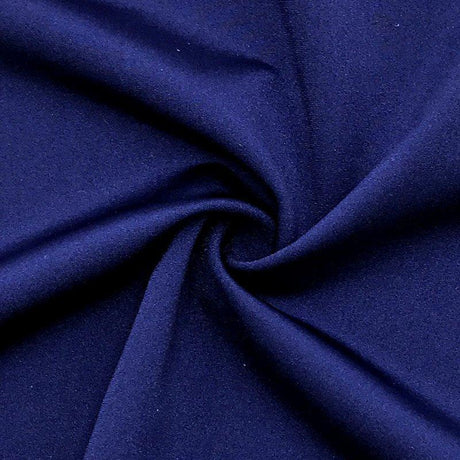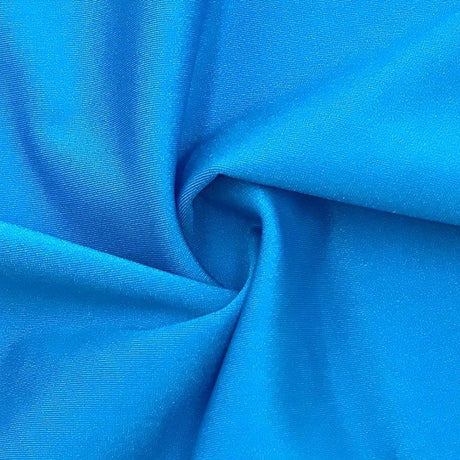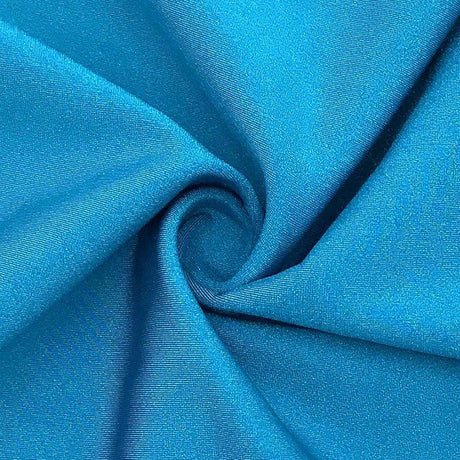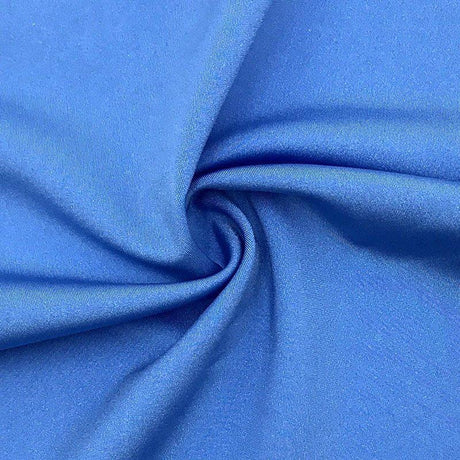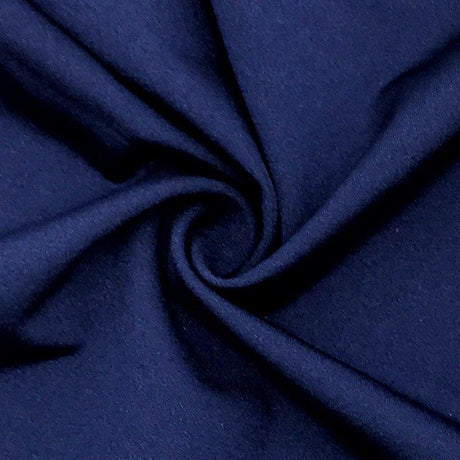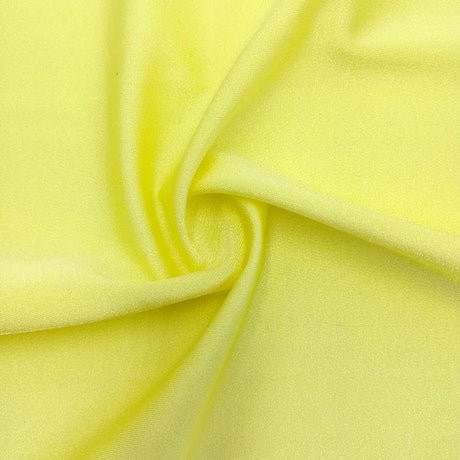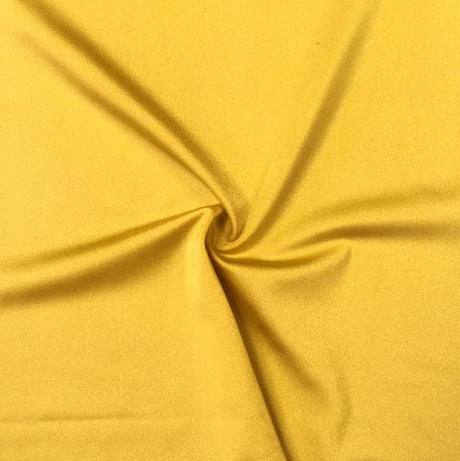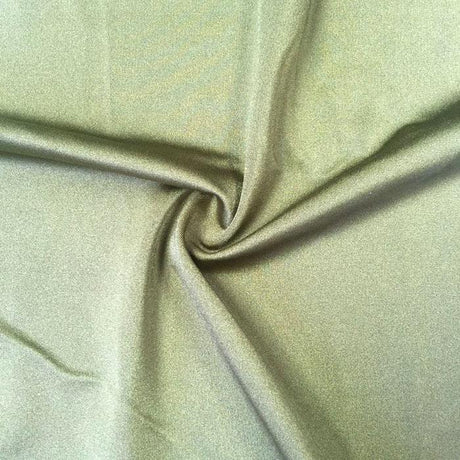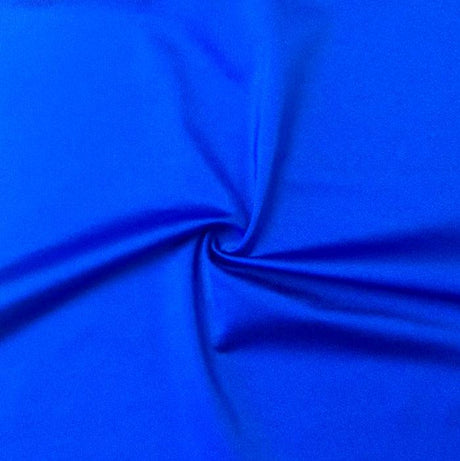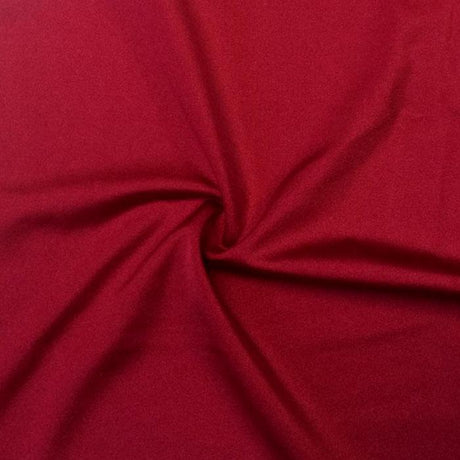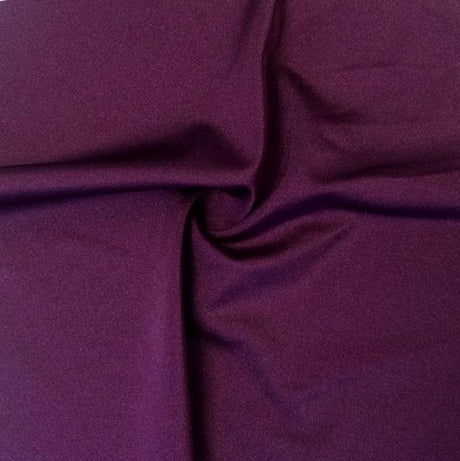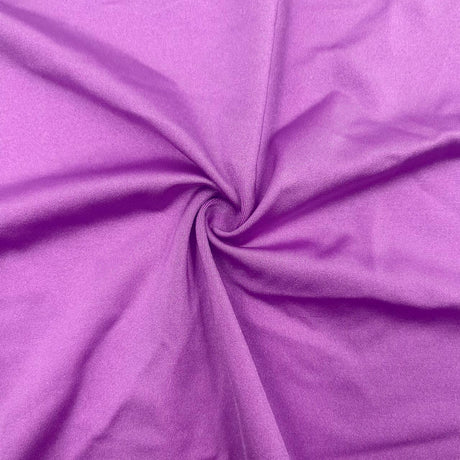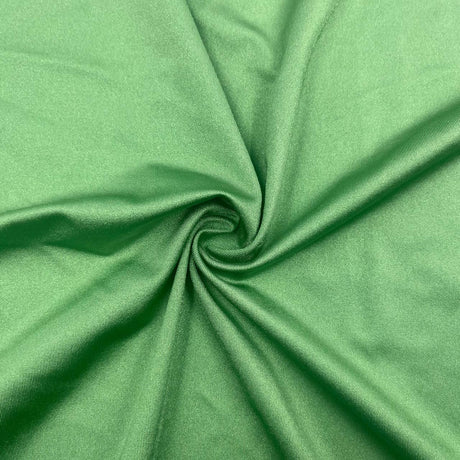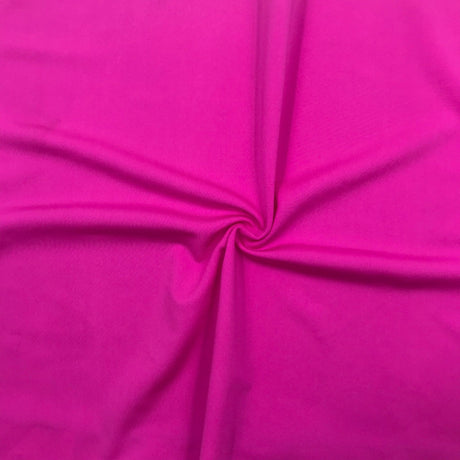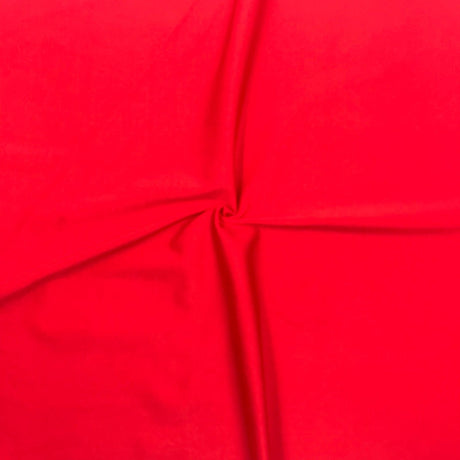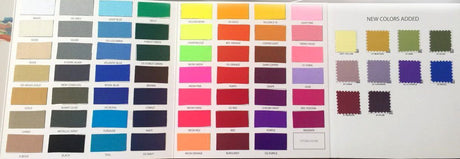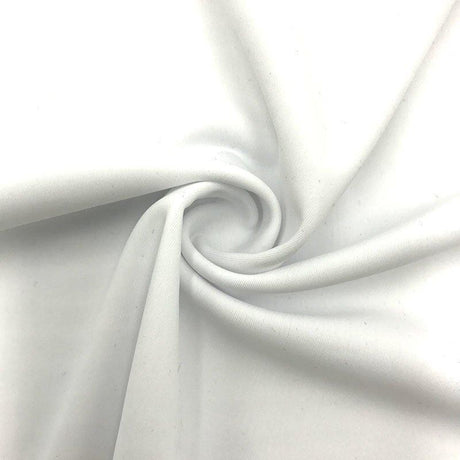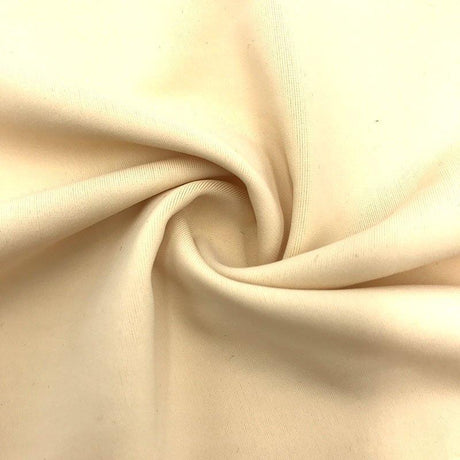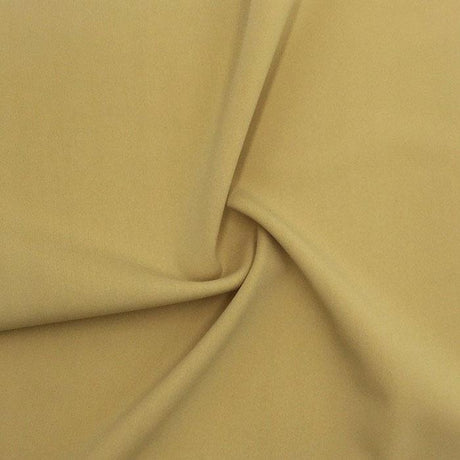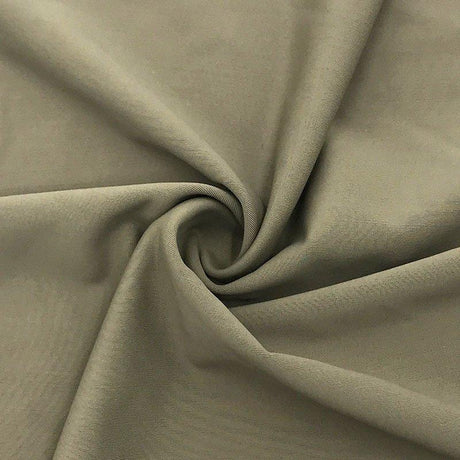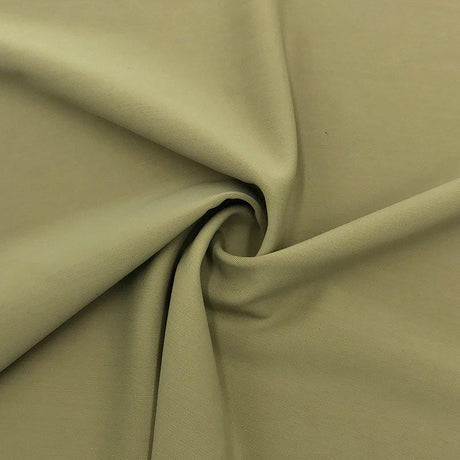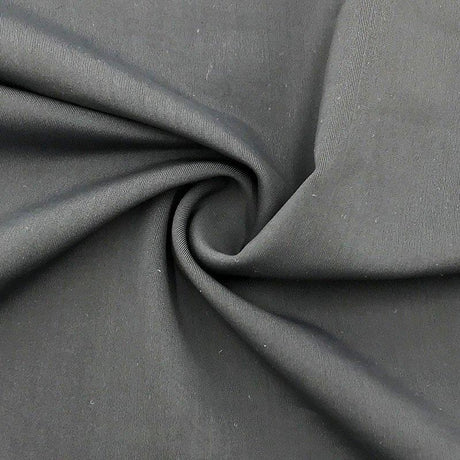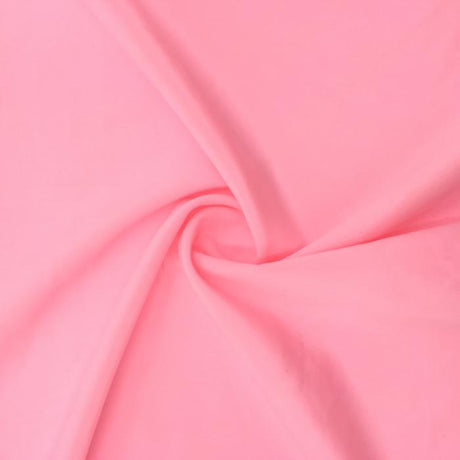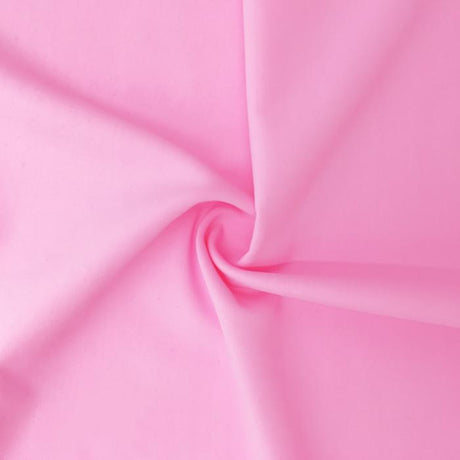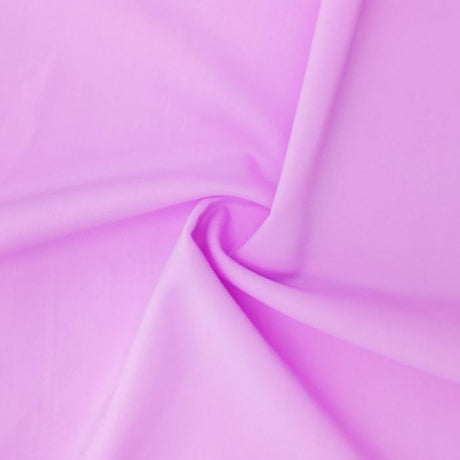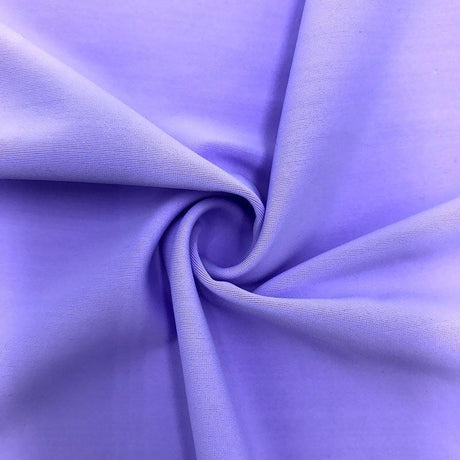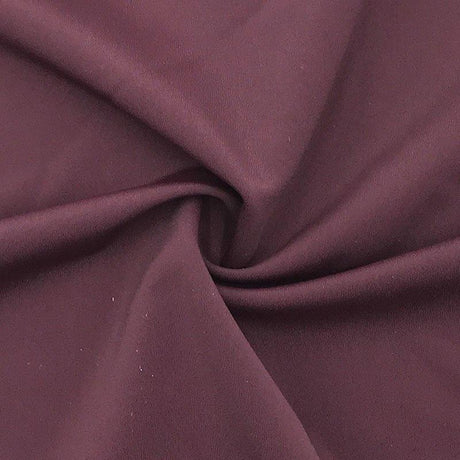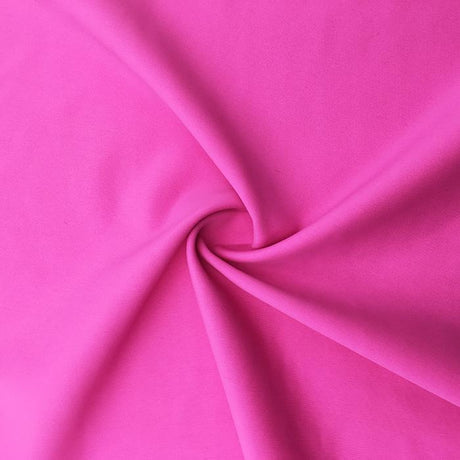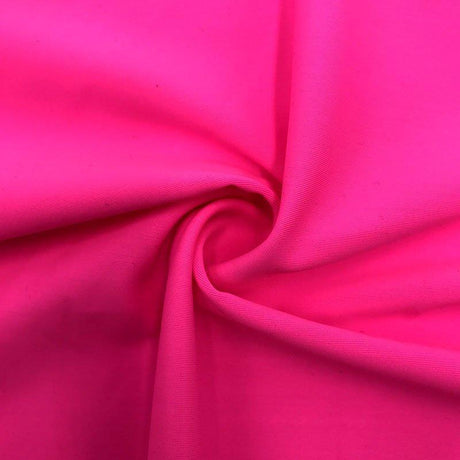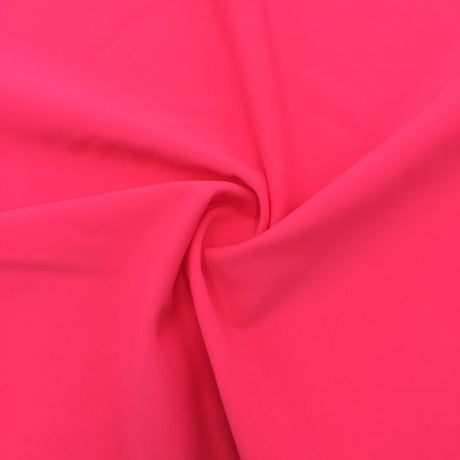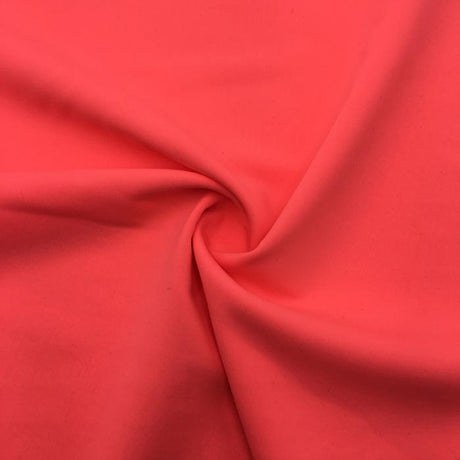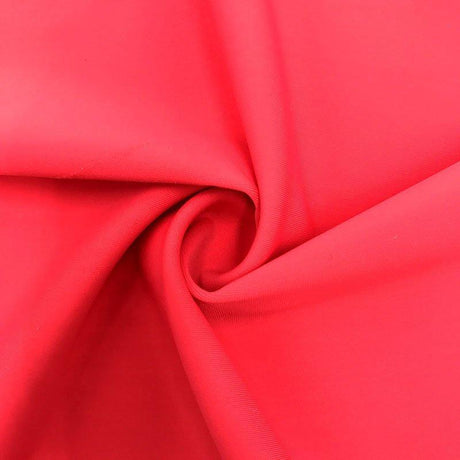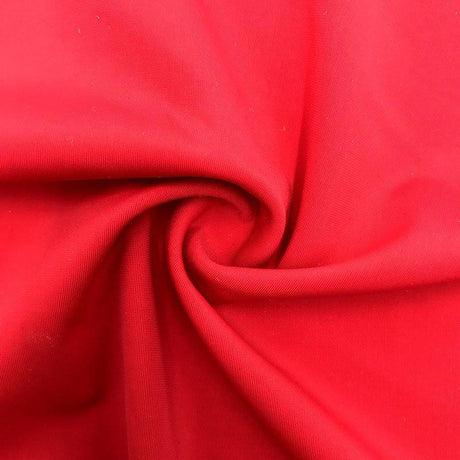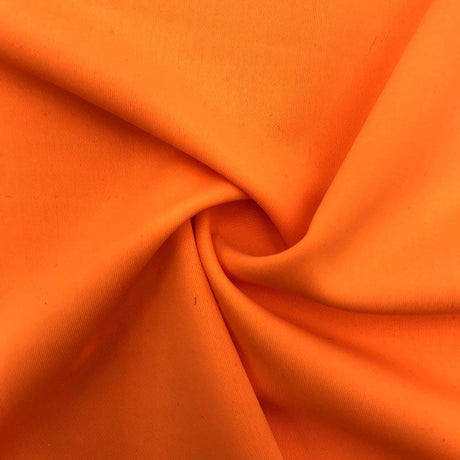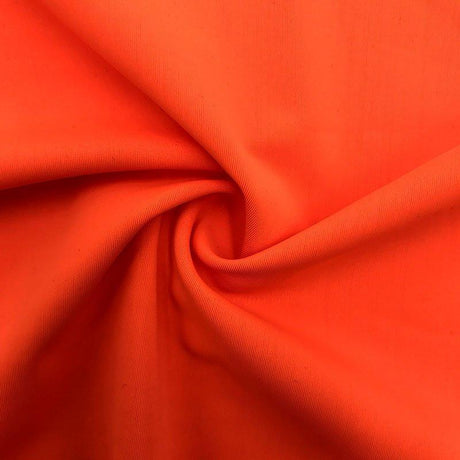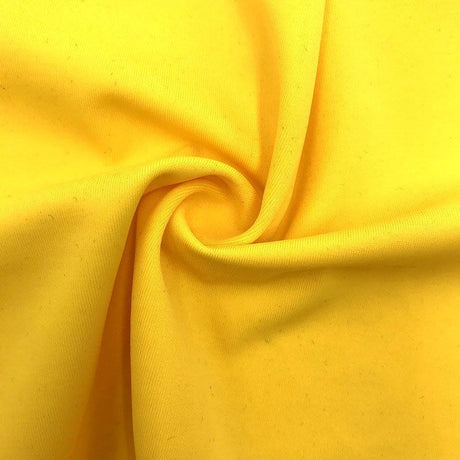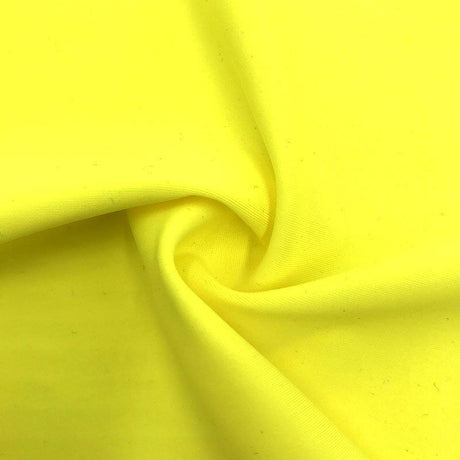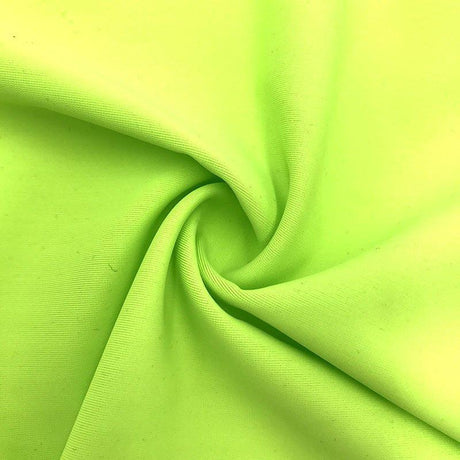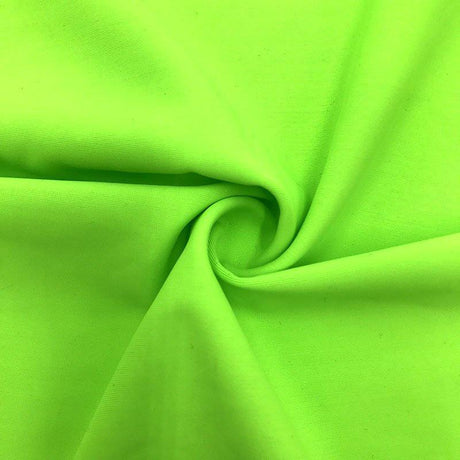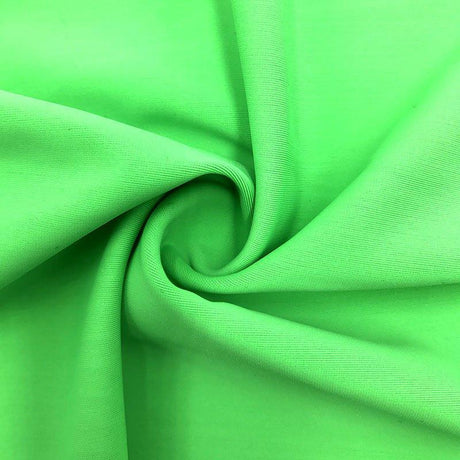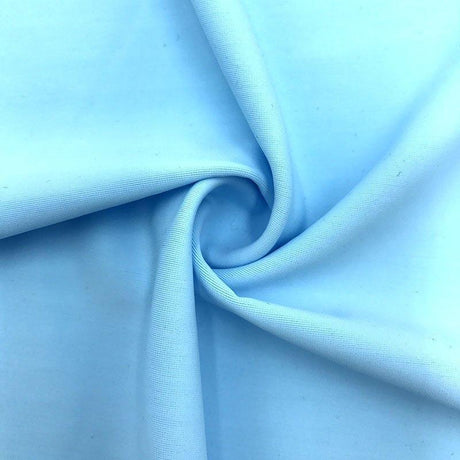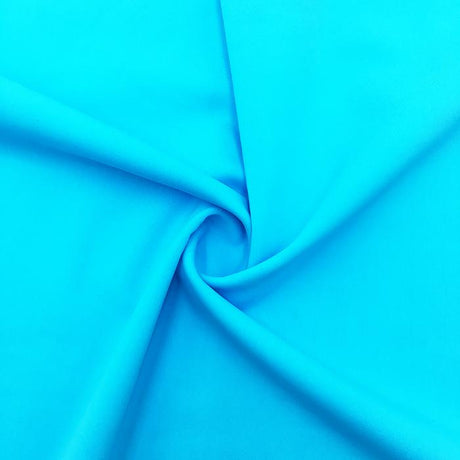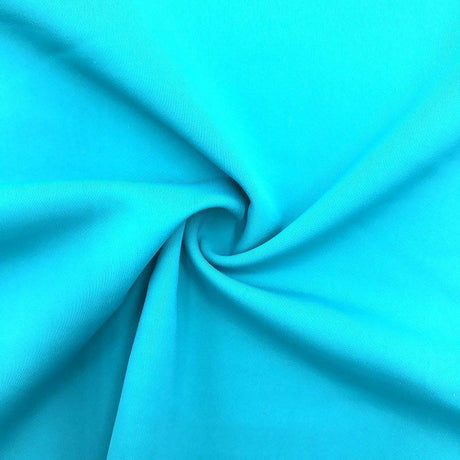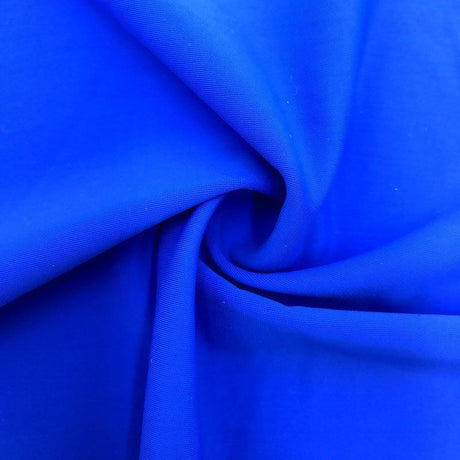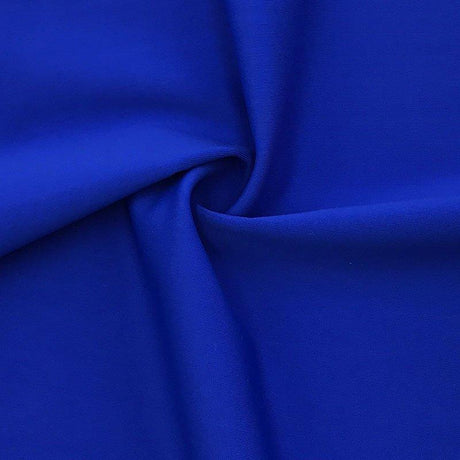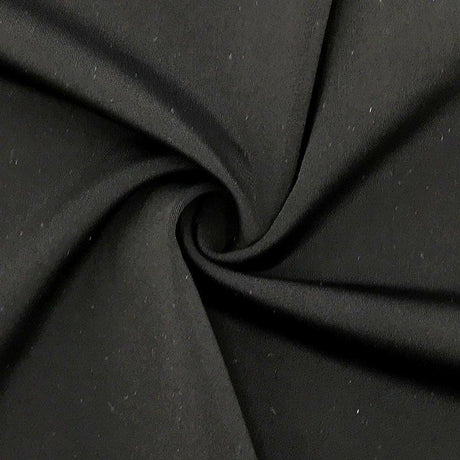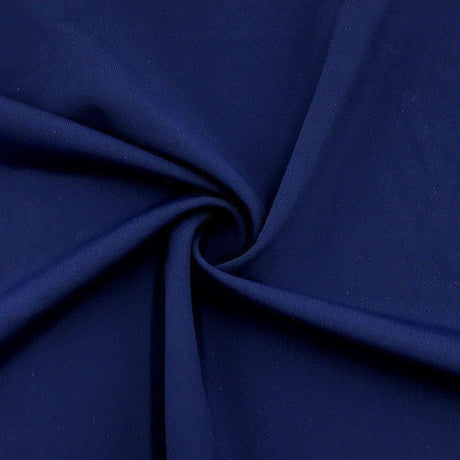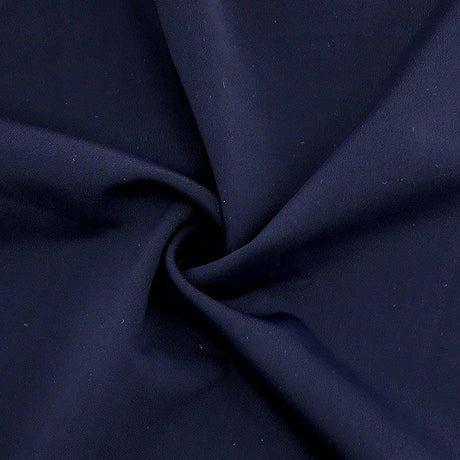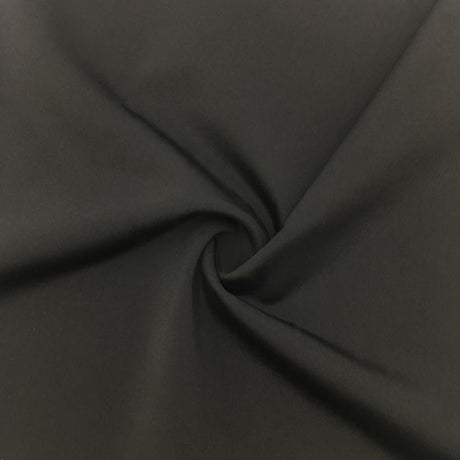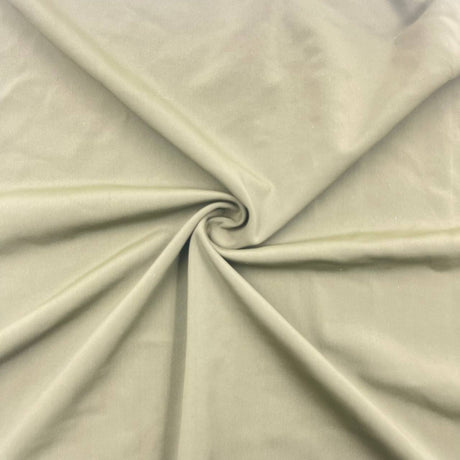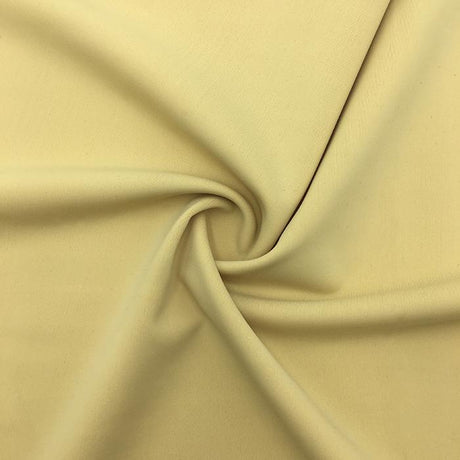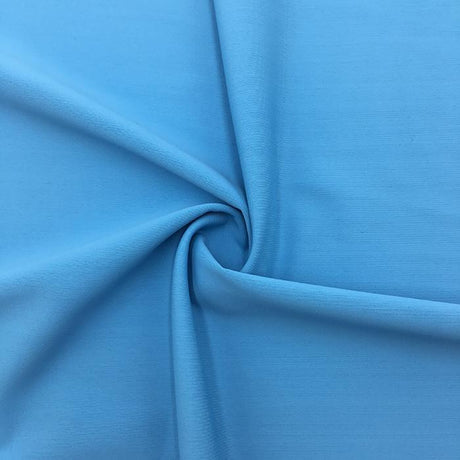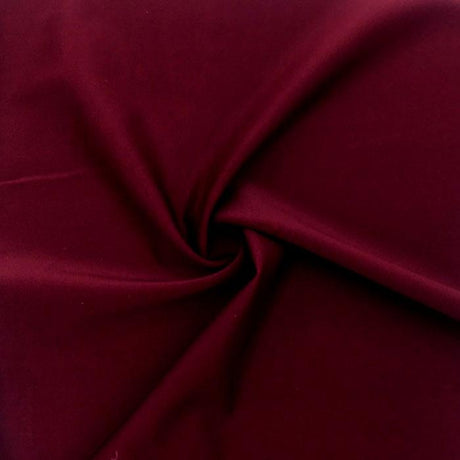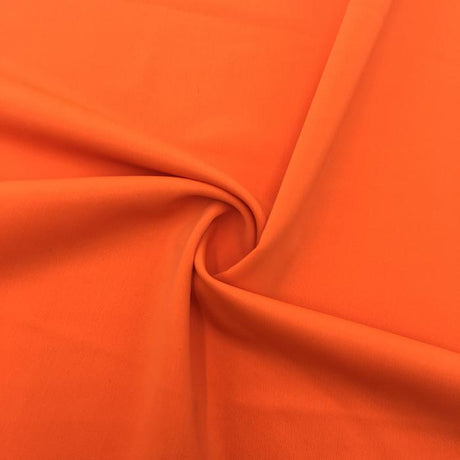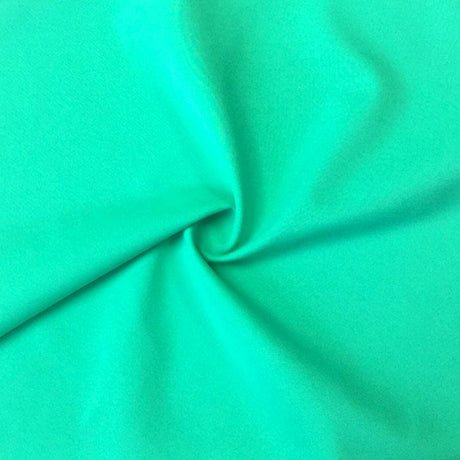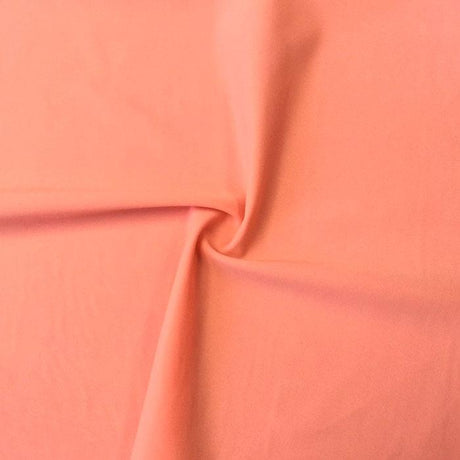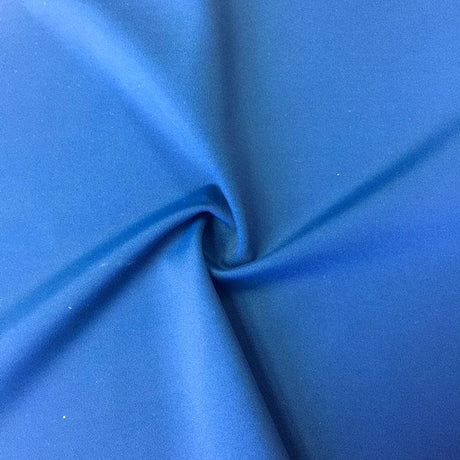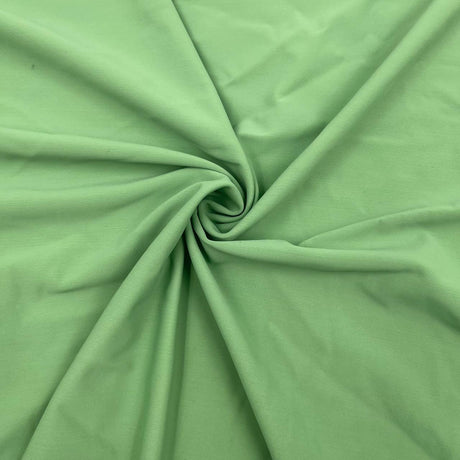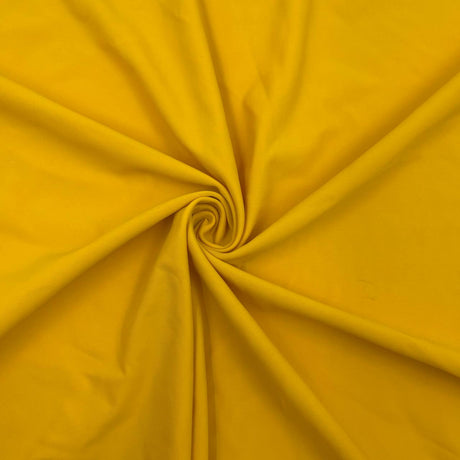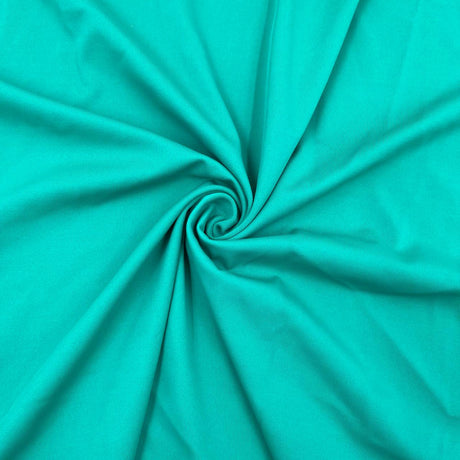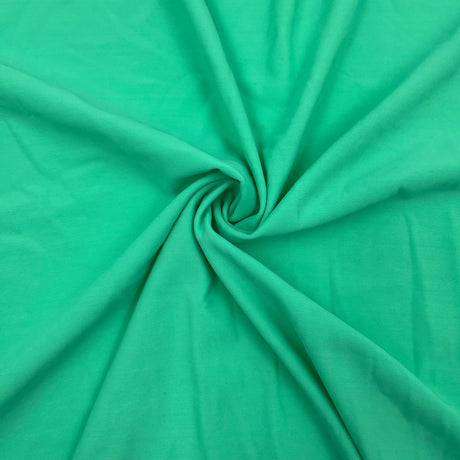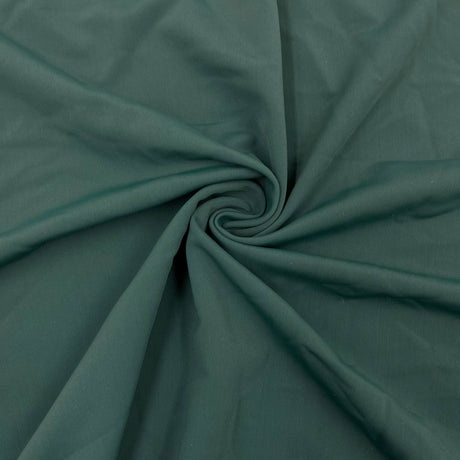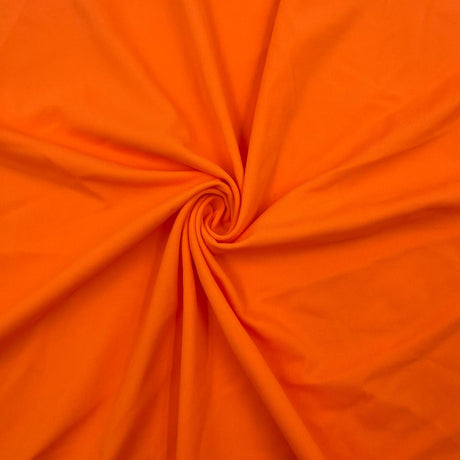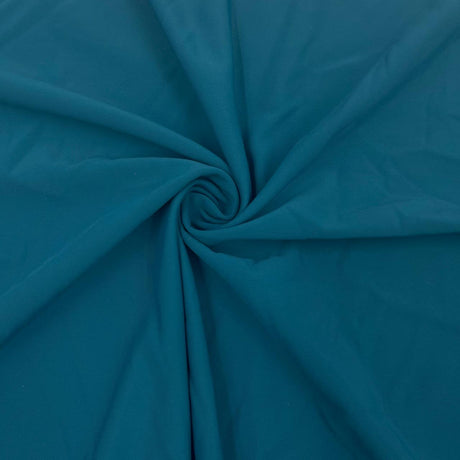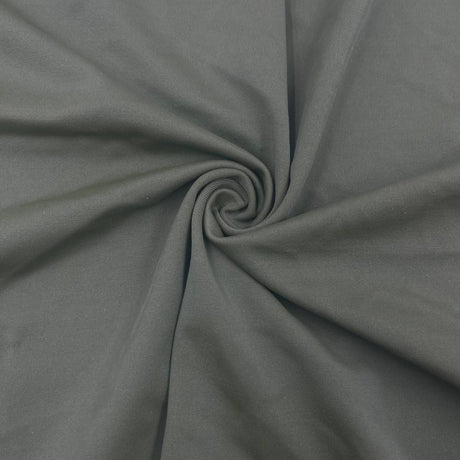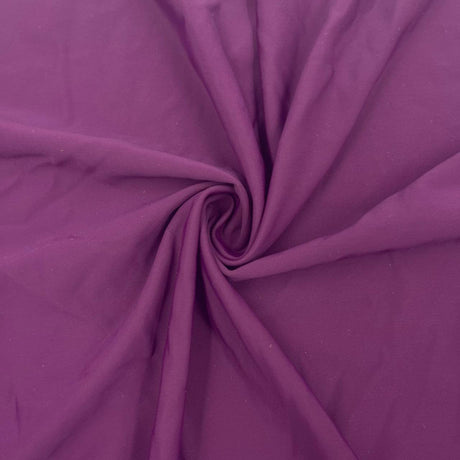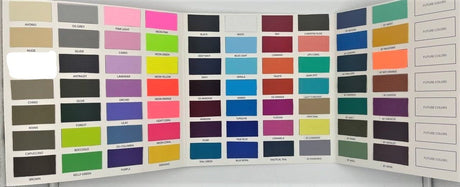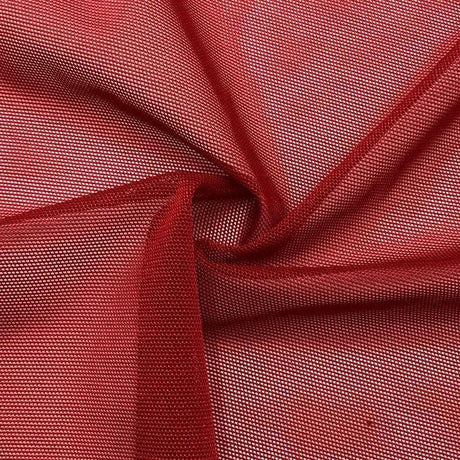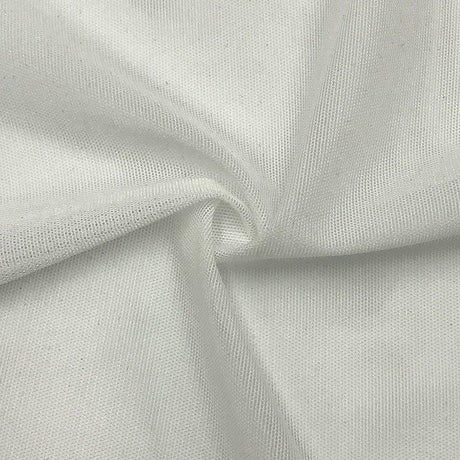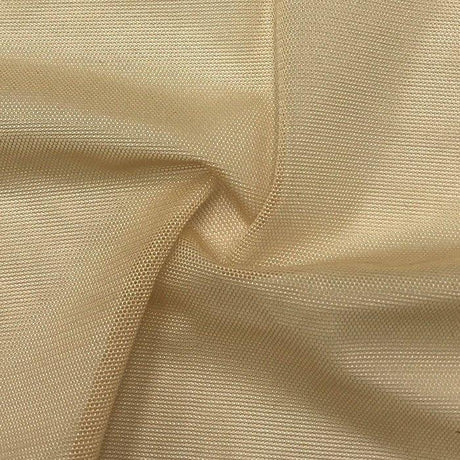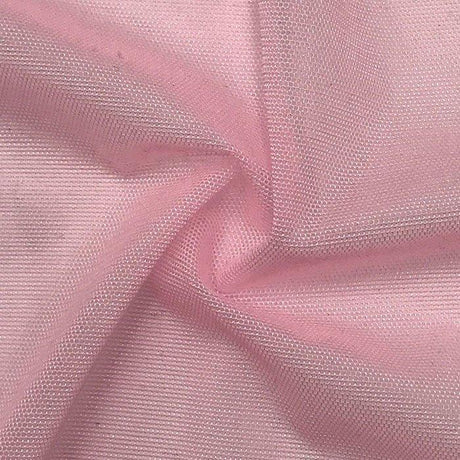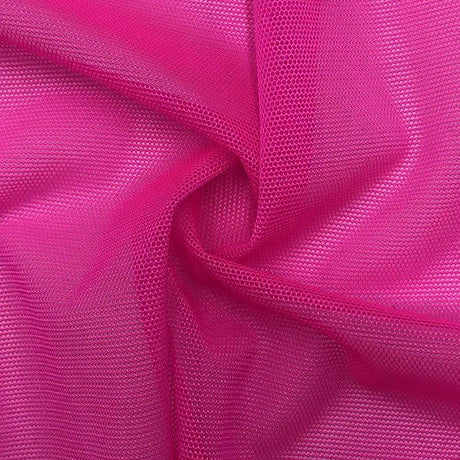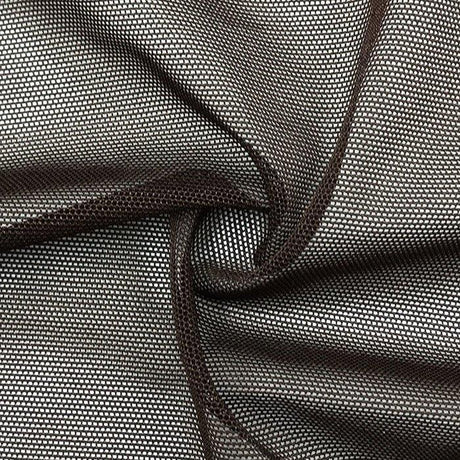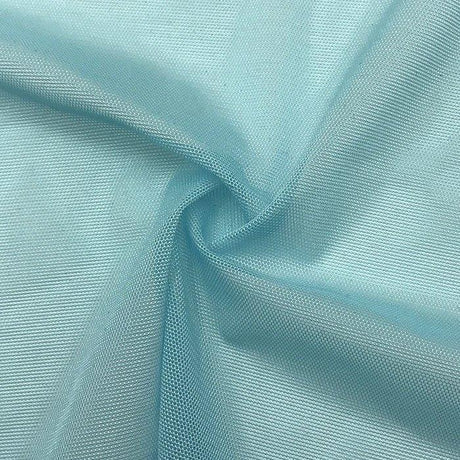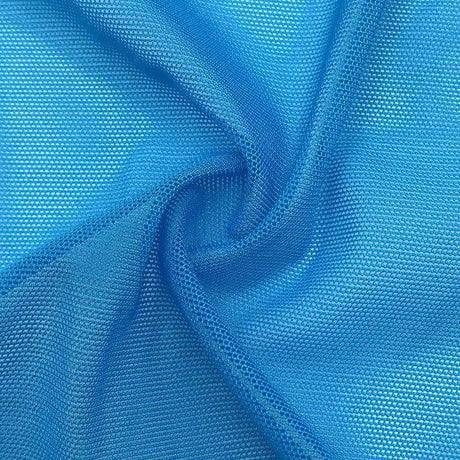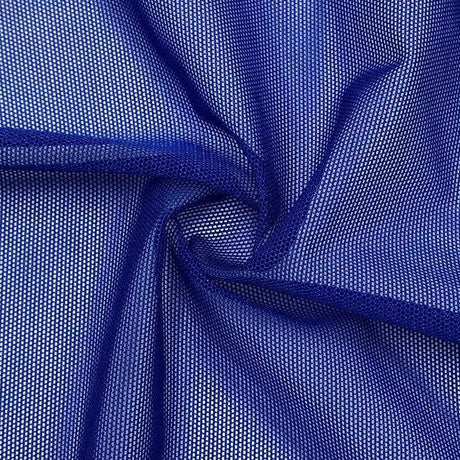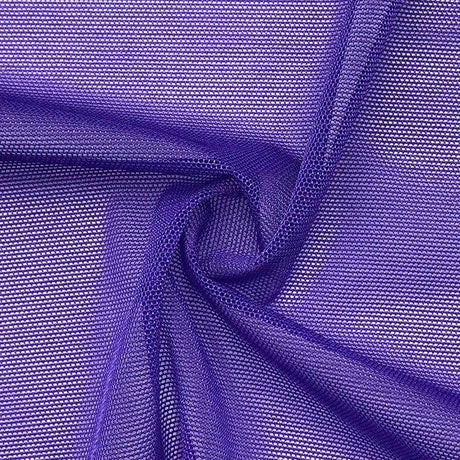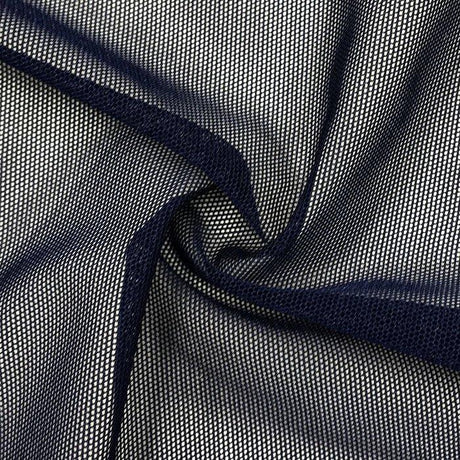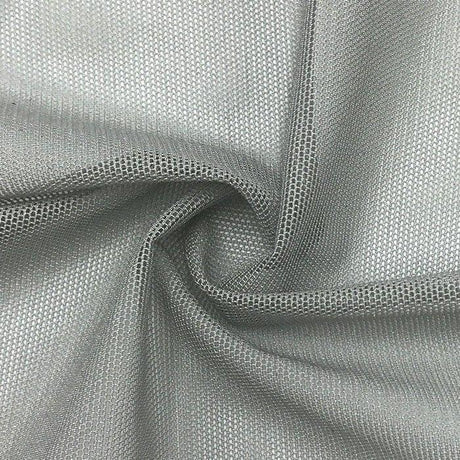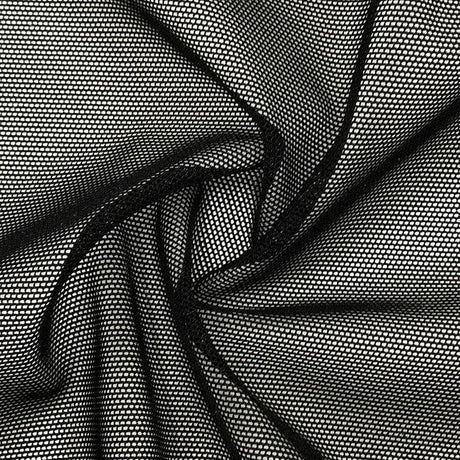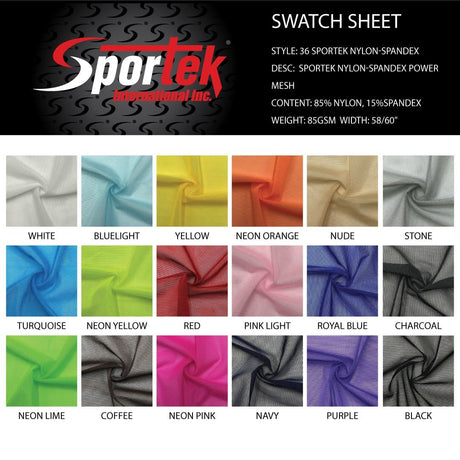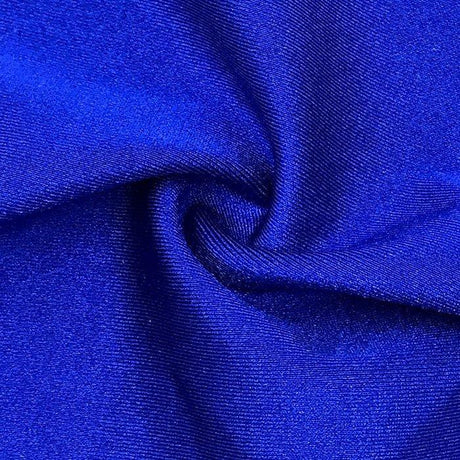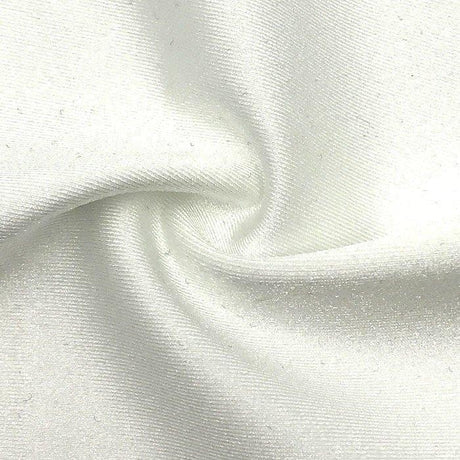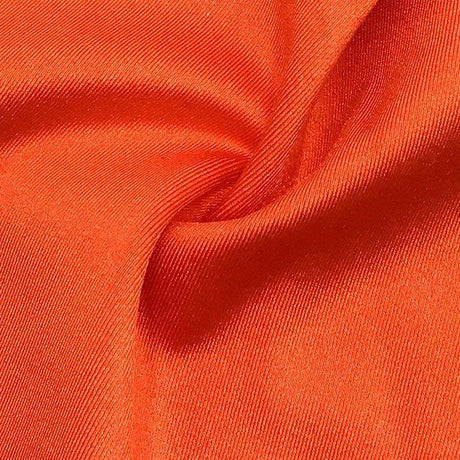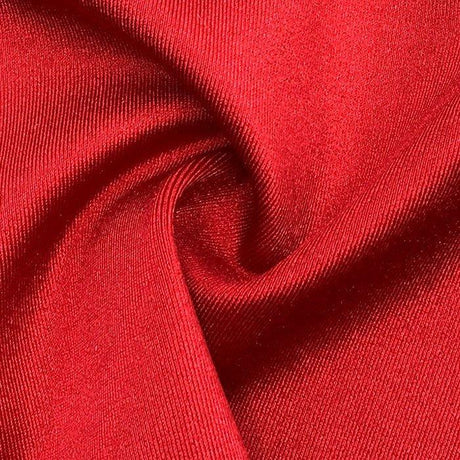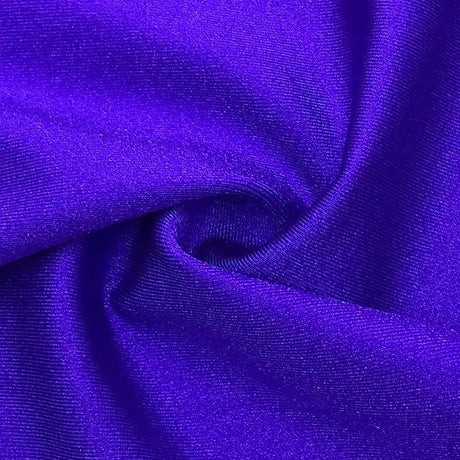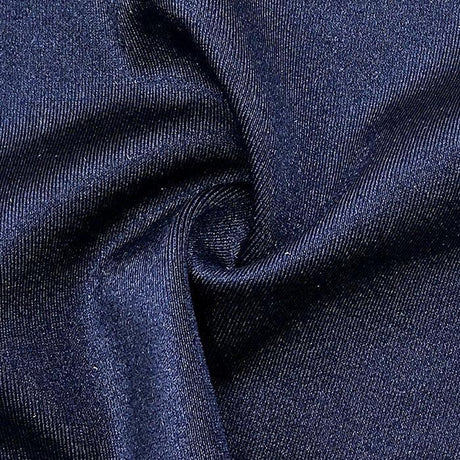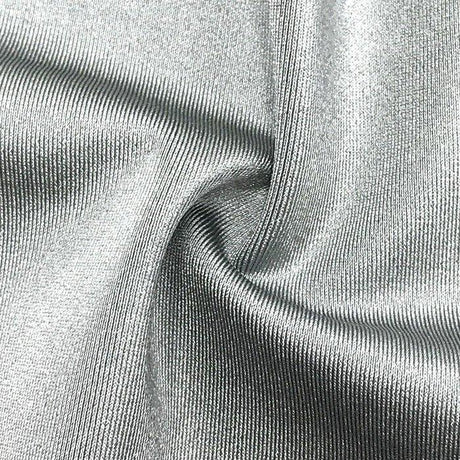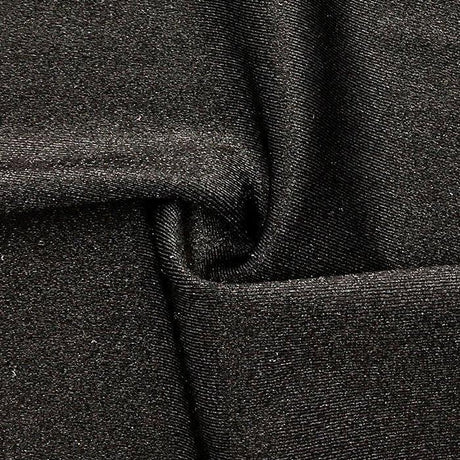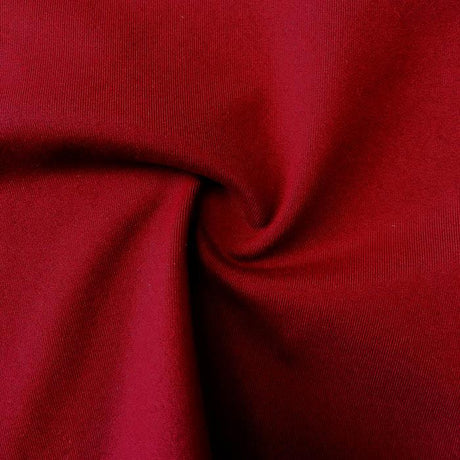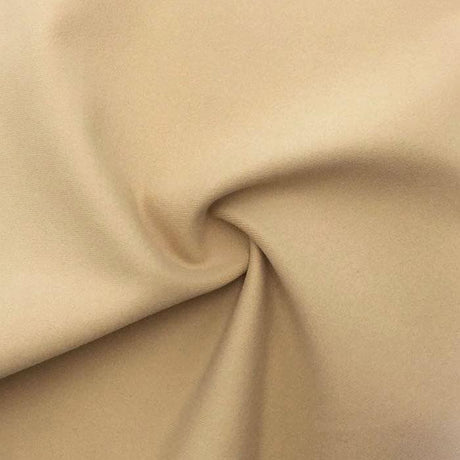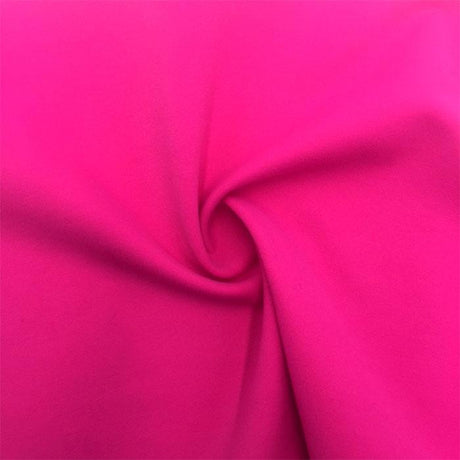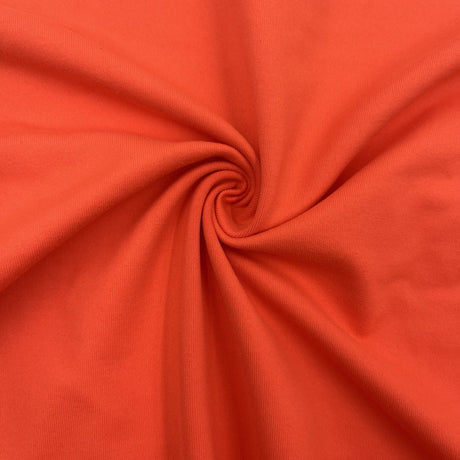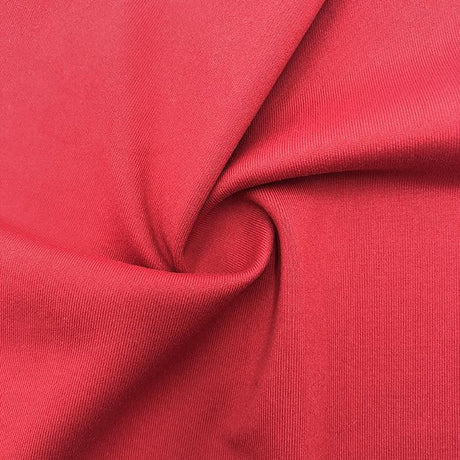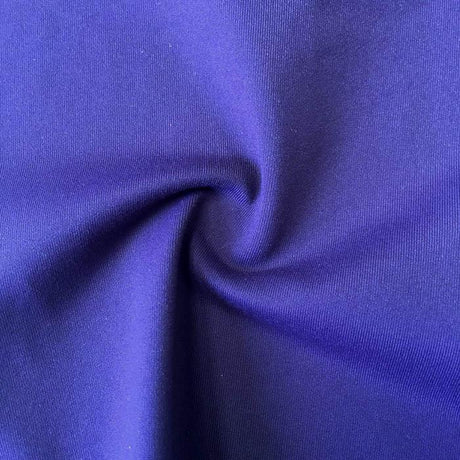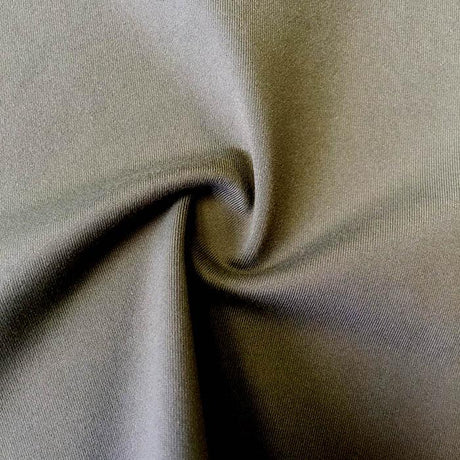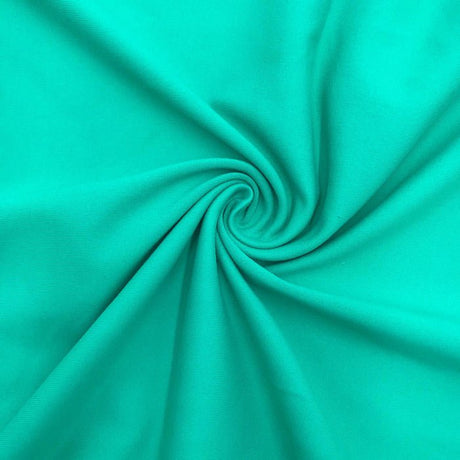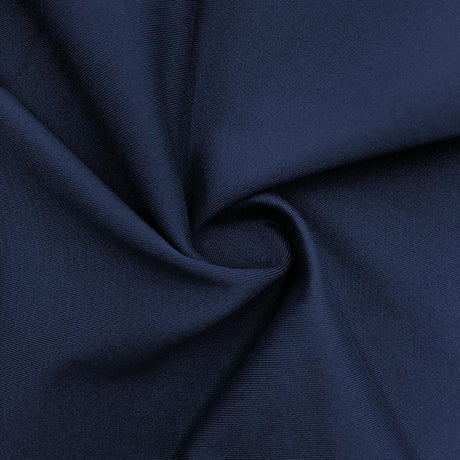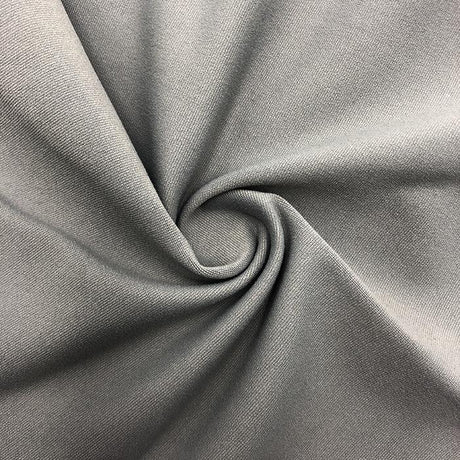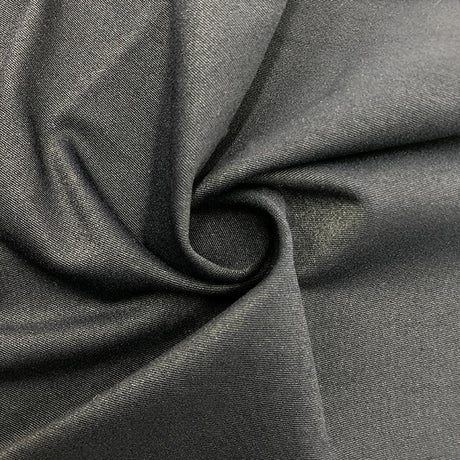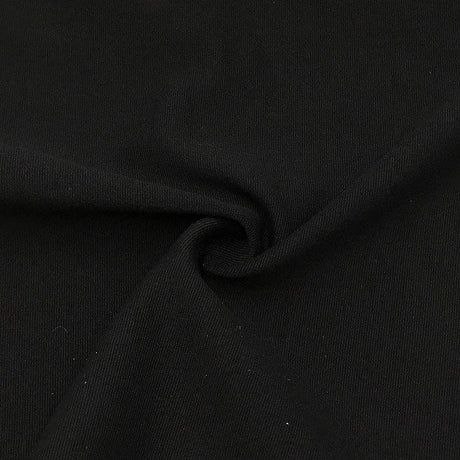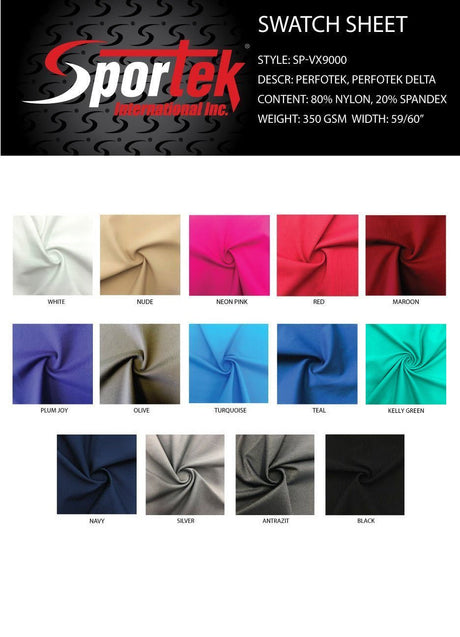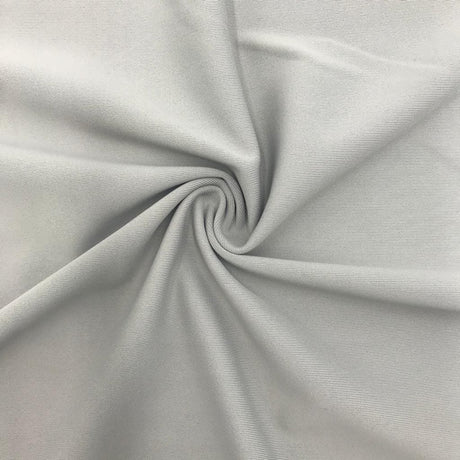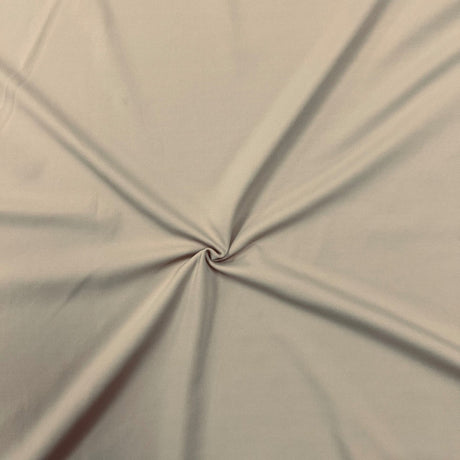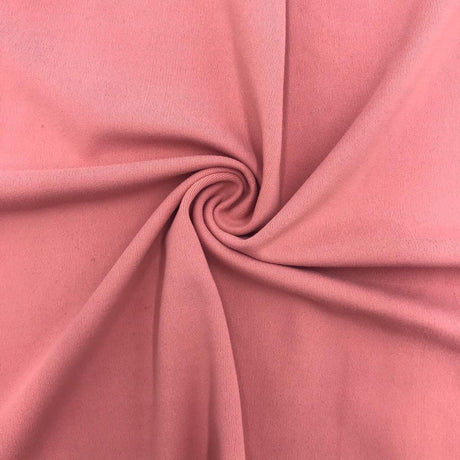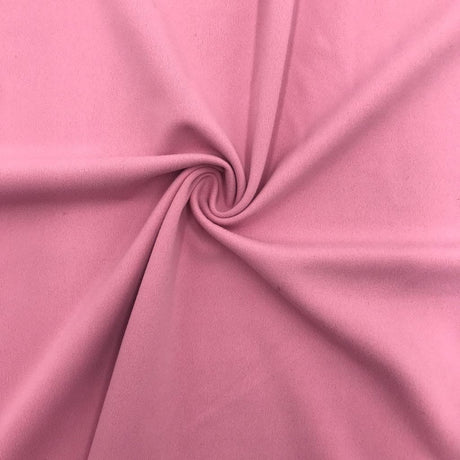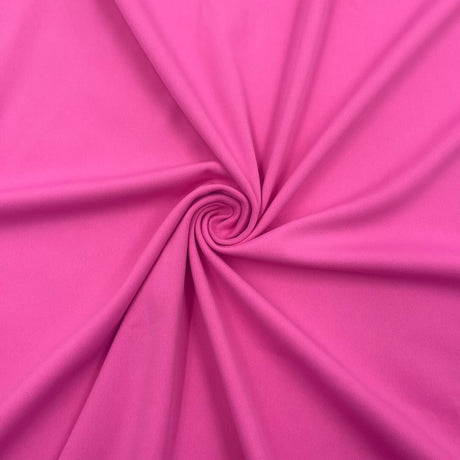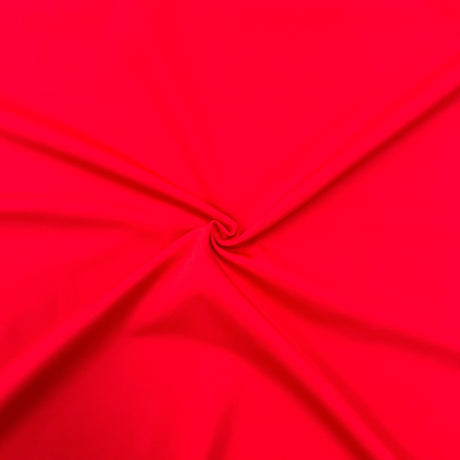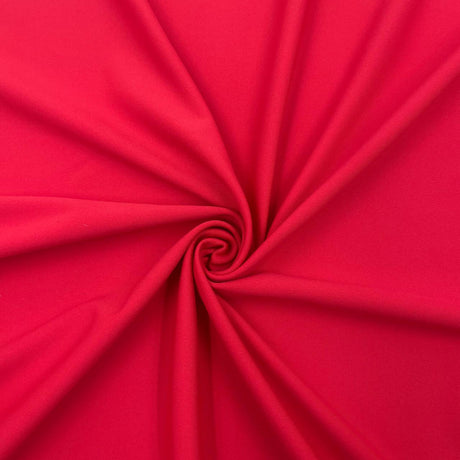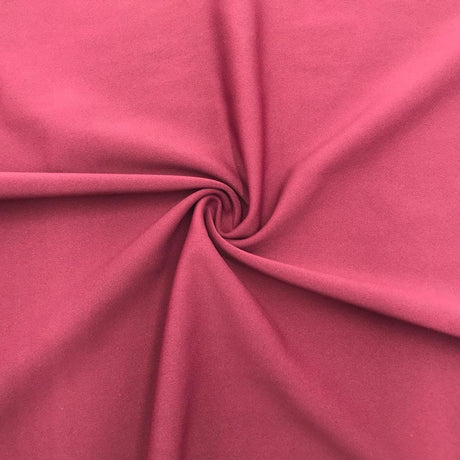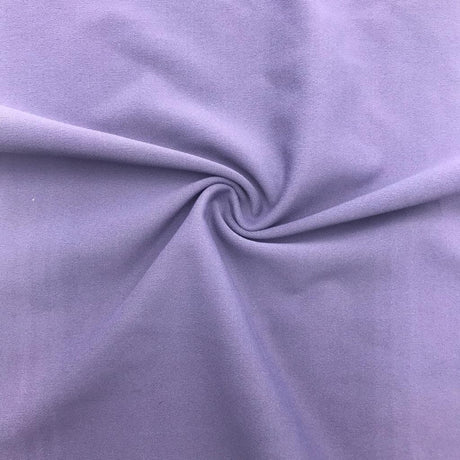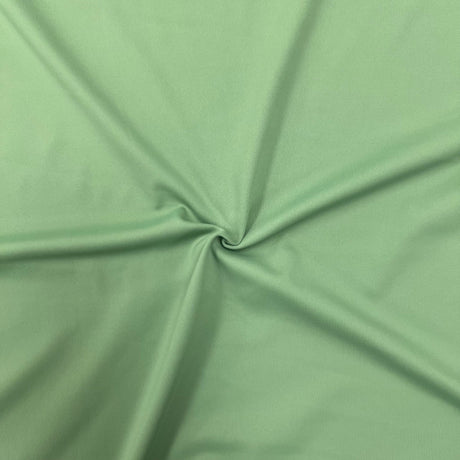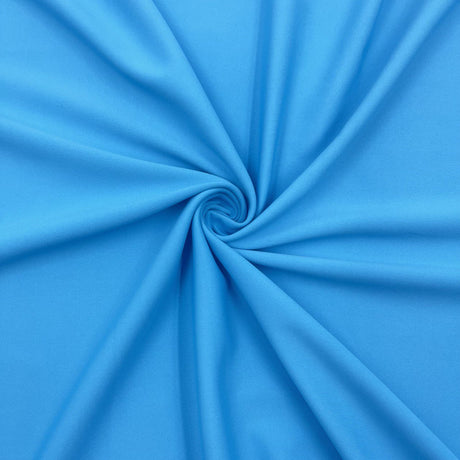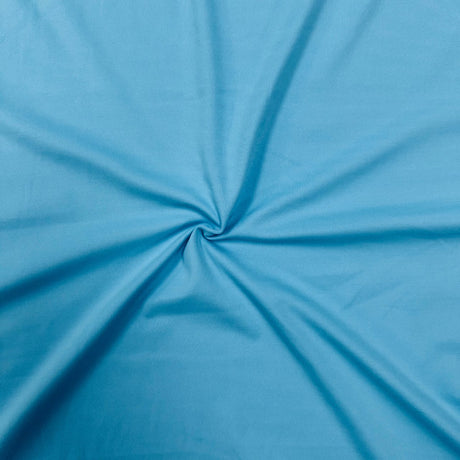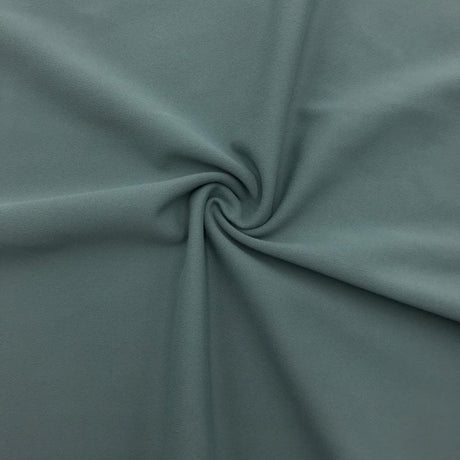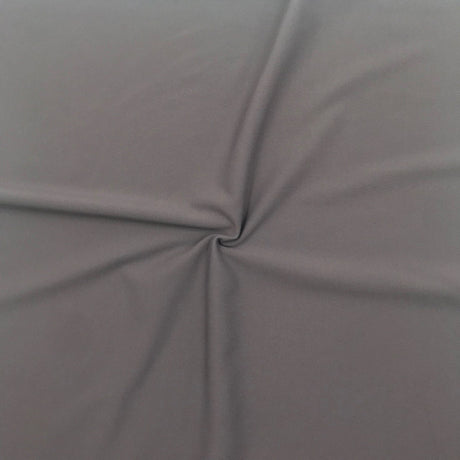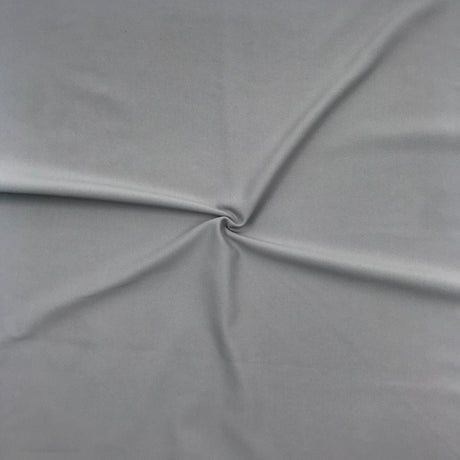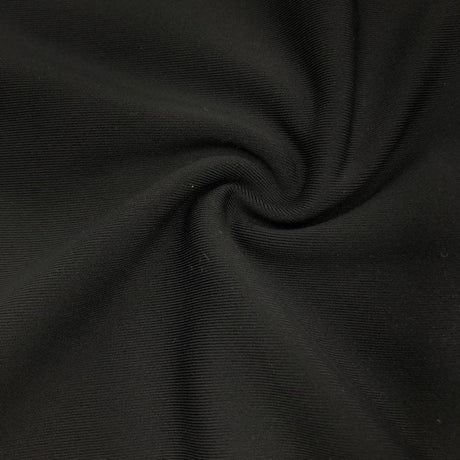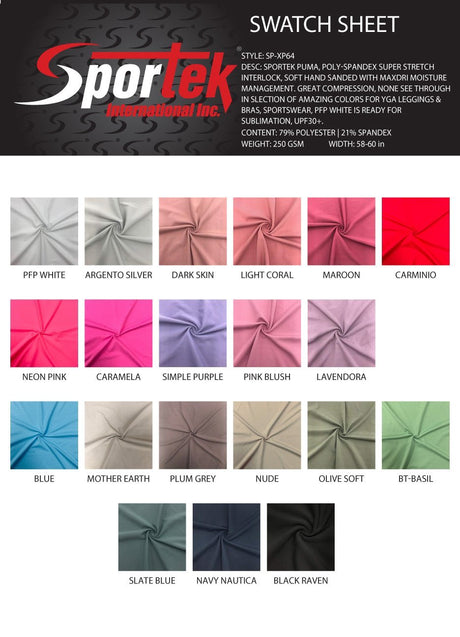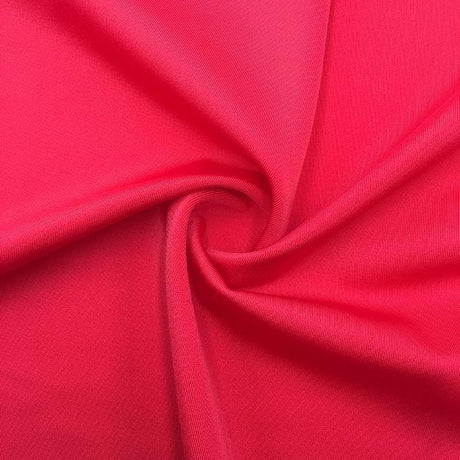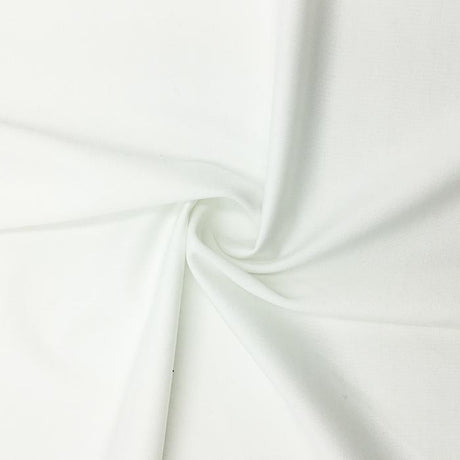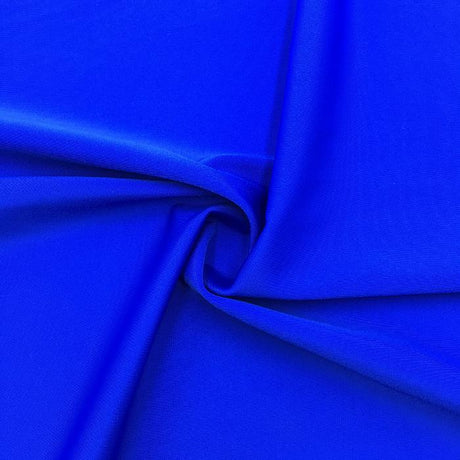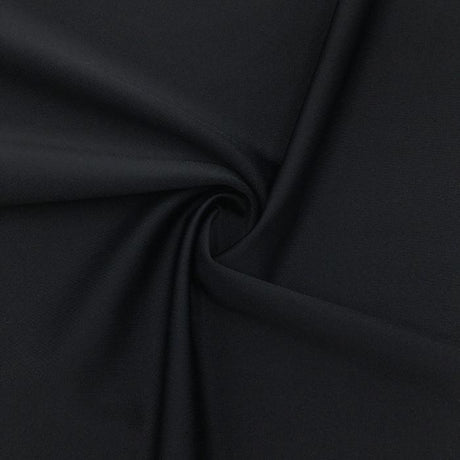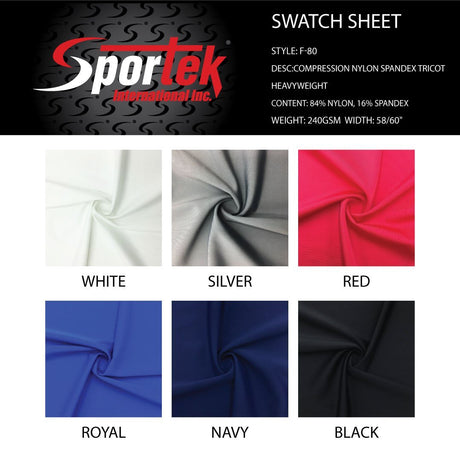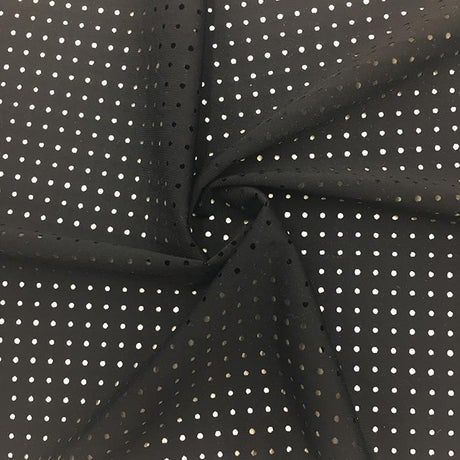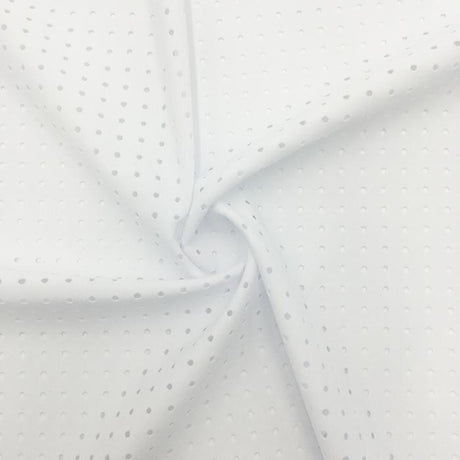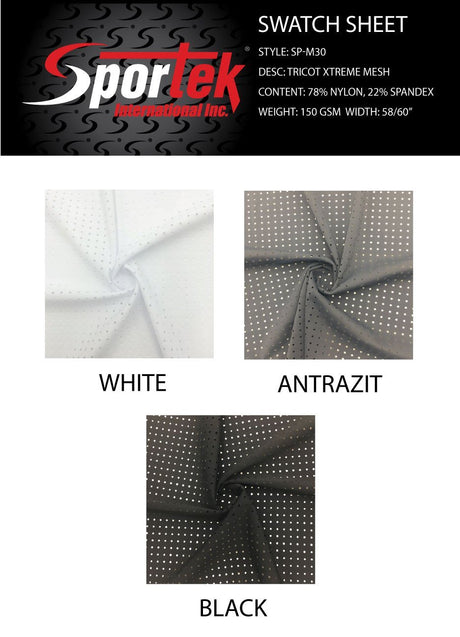Spandex – known generically as elastane and famously by DuPont’s brand name Lycra – is a synthetic fiber that has dramatically shaped the fashion landscape over the past six decades. Renowned for its exceptional elasticity and recovery, spandex can stretch up to five times its original length and snap back without losing shape. Since its invention in the late 1950s, this stretchy fiber has revolutionized how clothing is designed, produced, and worn. From replacing restrictive girdles in mid-century underwear to enabling the body-hugging sportswear and athleisure of today, the spandex history is a story of scientific innovation meeting fashion evolution. This article provides a chronological journey through that history – highlighting key innovations, milestone moments in fashion, and the influence spandex has had on garment design, consumer expectations, and even sustainability in the industry.
Origins in the 1950s: Inventing a Revolutionary Fiber
The tale of spandex begins in the post-World War II research labs of DuPont, where chemists were seeking a better alternative to rubber for women’s foundation garments. In 1958, Joseph C. Shivers, a DuPont chemist, successfully developed the fiber that would come to be known as spandex. (The name “spandex” itself was cleverly chosen as an anagram of the word expands.) This new material, a type of polyurethane-based elastomer, could withstand high temperatures and repeated stretching without breaking, unlike earlier elastic threads. It offered unprecedented stretch and recovery – able to elongate several times its length and return to its original shape – and was more durable than rubber, resisting degradation from body oils, perspiration, and detergents. DuPont initially codenamed it “Fiber K,” but as they prepared for commercial launch, the company chose the brand name Lycra for their proprietary spandex fiber. After patenting the invention in 1958, DuPont introduced Lycra to the public in 1962, marketing it as a wonder fiber for the clothing industry.
Scientific Innovation: The invention of spandex was a remarkable materials science breakthrough. It is a polyether-polyurea copolymer that has a segmented structure at the molecular level. This structure gives spandex its signature elasticity: hard segments provide strength, while soft segments let the fiber stretch extensively under tension and then contract. Always used in blends (usually comprising a few percent of a fabric’s content), spandex yarns imbue textiles with stretchability and snap-back fit far beyond what natural fibers or rubber could achieve. The result was a fiber that “could stretch up to five times its original length, shrink back to its shape, and not lose elasticity” – a game-changer for comfort in clothing.
1960s: Foundation Garments and the First Fashion Applications
Spandex made its commercial debut in the early 1960s, and its first major impact was on foundation garments – the structured undergarments of the era. At the time, women’s girdles and corsetry relied on thick rubber panels to provide shaping, which were hot, heavy, and restrictive. The new Lycra fiber offered a lightweight alternative. By blending spandex into girdles, bras, and pantyhose, manufacturers could create undergarments that smoothed and supported the body with far more comfort and flexibility than before. As noted by the American Association of Textile Chemists and Colorists, spandex-blend foundation garments didn’t break down with wear and gave women unprecedented freedom of movement. The effect was revolutionary – “Synthetics gave women comfort, support and mobility,” as one historian succinctly put it. Girdles made with Lycra promised to “hold as no other girdle can” and advertised advantages like machine-washability and no rolling or binding, a stark contrast to their rubber predecessors .

An early 1962 ad for a Lycra-powered girdle touted its lighter weight and resilience, highlighting how spandex was transforming women’s underwear.
Beyond underwear, the stretchy fabric started appearing in fashionable outerwear by the mid-1960s. Notably, style icon Audrey Hepburn helped popularize the idea of sleek, form-fitting stretch pants. Hepburn was known in the late ’50s and early ’60s for her cigarette pants and dance leggings – some of which incorporated early stretch fabrics – becoming one of the first Hollywood stars to embrace the Lycra look. Following her lead, models and actresses like Joan Collins and Ann-Margret posed in body-hugging Lycra clothing for magazine spreads, bringing spandex-infused fashion into the mainstream spotlight. Thus, even as the word “spandex” was new, the concept of clothes that “expand” with the body had entered the fashion vernacular. Designers in Europe also began experimenting with the novel elastane: for example, French couturier André Courrèges’s futuristic 1960s designs often featured sleek stretch fabrics, and Rudi Gernreich’s 1964 monokini (topless swimsuit) relied on elastic knits to stay in place – early signs that spandex was infiltrating even avant-garde fashion.
1970s: From Sportswear to Disco Glam
By the 1970s, social changes and new style trends steered spandex into fresh realms. The women’s liberation movement at the dawn of the decade led many women to abandon rigid foundation garments altogether – girdle sales plummeted as these items came to be seen as symbols of a bygone, restrictive era. However, spandex quickly found a new calling: activewear. DuPont astutely repositioned Lycra in the 1970s as the fiber for the emerging fitness and dance movement. This association was cemented on a global stage at the 1968 Winter Olympics, where the French ski team famously wore sleek, Lycra-based ski suits. Those skin-tight Olympic ski outfits demonstrated the performance benefits of spandex – providing athletes with greater range of motion and aerodynamic fit – and they garnered wide attention. Throughout the ’70s, swimmers, skiers, and cyclists increasingly donned spandex-blend uniforms; for instance, mid-thigh Lycra shorts became popular among competitive cyclists, replacing wool shorts for better stretch and comfort.
At the same time, dance and exercise fads were gaining momentum among the general public. Jazzercise (founded 1969) and disco-era dance studios filled with enthusiasts wearing leotards, wrap skirts, and leggings made of spandex-knit fabrics. Fashion followed suit: designers began incorporating “stretch and shine” into clubwear and streetwear. The late 1970s disco trend embraced form-fitting clothing, from slinky spandex disco pants to glittering stretch jumpsuits seen on the dance floors of Studio 54. Spandex allowed these garments to cling to the body and move with the wearer through every dance step. Even men’s fashion saw a touch of spandex in the ’70s, as rock stars and glam bands sported skin-tight shiny trousers and tops (often containing some elastane for that body-conscious fit). By the end of the decade, spandex had firmly transitioned from exclusively underpinning garments to being visibly part of outer fashion – setting the stage for an even bigger explosion in the next decade.
1980s: The Fitness Craze and High Fashion’s “Stretch” Embrace
No period showcased spandex’s influence quite like the 1980s. This was the decade of the aerobics fitness craze, when working out became a pop culture phenomenon and the attire was as important as the exercise. Fitness icons like Jane Fonda (with her bestselling 1982 workout videos) and Richard Simmons brought aerobic exercise into living rooms, and brightly colored spandex leotards, leggings, and headbands became an emblem of the era. People of all ages were kicking and dancing through aerobics routines in shiny Lycra tights and high-cut bodysuits. The trend spilled out of gyms and onto the streets: it was suddenly fashionable to wear leggings with oversized off-the-shoulder sweatshirts (a look popularized by the 1983 film Flashdance) as everyday clothing. In the mid-80s, even cycling shorts (tight spandex shorts that hit mid-thigh) became a streetwear trend, often layered under blazers or skirts for a edgy look. Spandex was so in demand by this time that by 1987 DuPont struggled to keep up with worldwide demand for Lycra, as virtually every apparel category was incorporating it.

The 1980s saw spandex explode in popularity, from aerobics classes to streetwear. Bold, body-hugging outfits in neon and jewel tones – like these workout ensembles – became a defining style of the decade.
Crucially, the 1980s also saw high fashion designers fully embrace spandex and stretch fabrics. Previously, high-end designers had been cautious about using “stretchy” materials, which were associated more with casual or functional clothing. But as tastes evolved, visionary designers proved that Lycra could be glamorous and chic. Donna Karan, for example, made the bodysuit a cornerstone of her 1985 “Seven Easy Pieces” collection – these sleek, stretchy foundation pieces in neutral colors could transition from the gym to the office under a tailored jacket. Tunisian-born designer Azzedine Alaïa, dubbed the “King of Cling,” famously used Lycra blends to craft sculptural, second-skin dresses that celebrated the female form. Alaïa’s mid-80s collections featured body-conforming garments that were only possible due to spandex’s stretch – his 1986–87 winter collection even included elegant evening dresses made of substantial Lycra-based knit, something unheard of in earlier decades. As one fashion editor noted of this shift, “Women’s bodies were now shaping the clothes, rather than clothes shaping the body.” High fashion also took cues from the streets: designer Gianni Versace introduced sporty Lycra bodysuits and leggings into some of his collections (Versace’s Spring/Summer 1980 line included a couture ensemble built around a bold stretch bodysuit). Even established houses like Chanel and Yves Saint Laurent eventually worked stretch materials into their designs for comfort and modernity. By the end of the ’80s, there was hardly a runway that didn’t feature some silhouette made sleeker or more flexible by spandex, and the divide between “gym clothes” and fashion was increasingly blurred.
1990s: Mainstream Staple – From Shapewear to Everyday Apparel
If the 1980s proved spandex could be fashionable, the 1990s proved it was indispensable. The fiber became a standard component in garments across the board, both womenswear and menswear. One major development was the evolution of shapewear. In the early ’90s, new brands and products built on the foundation laid by spandex girdles decades before: for example, Sara Lee Corporation launched a line of spandex-rich body-shaping undergarments called “Bodyslimmers,” which became hugely popular. This era’s shapewear – unlike the stiff corsets of old – was soft, elastic and meant to comfortably smooth the figure under the clingy fashions of the time. Supermodels and celebrities embraced bodycon dresses and slinky slip gowns in the ’90s, and underpinning many of those bias-cut dresses were Lycra-blend shaper shorts or bodysuits. In 2000, a newcomer brand called Spanx (cheekily referencing “spandex”) would take this concept even further, becoming a household name for modern shapewear; but the groundwork was laid in the ’90s with the normalization of spandex undergarments.
Meanwhile, spandex was quietly transforming everyday clothing construction and consumer expectations. Stretch became synonymous with comfort. Jeans, for instance, underwent a revolution: the first stretch-denim jeans appeared in the late 1970s, but it was in the ’90s that major brands began adding a touch of elastane to denim to create form-fitting but comfy “stretch jeans.” By the mid-90s, slim-fit women’s jeans with 1-3% spandex content were ubiquitous, allowing for the skinny jean silhouette to gain traction ahead of its 2000s heyday. Even traditional tailored clothing started to get a spandex boost – by the end of the decade, retailers like Banana Republic were using Lycra blends in men’s shirts, pants, and suits to offer a little give and ease of movement. The inclusion of a small percentage of spandex in woven fabrics meant office workers could suddenly bend and sit more comfortably in their suits, and garments creased less.
Fashion trends of the 90s also played with spandex-centric styles. The early 90s saw the continuation of late ’80s trends like bike shorts worn as casual wear (Princess Diana’s off-duty biking-short-and-oversized-sweater looks, for example, became iconic). Later in the decade, leggings made a comeback as Capri-length stretch pants and were often worn under dresses or long shirts, presaging the legging explosion of the 2000s. Athletic wear as casual wear took a brief backseat during the mid-90s grunge period (when loose, baggy styles ruled), but by the end of the decade, a fitness-conscious zeitgeist reemerged. In 1998, the Canadian brand Lululemon Athletica was founded, focusing on yoga apparel – a harbinger of the massive athleisure wave to come. In sports, the 1990s cemented the dominance of spandex in performance attire: from Olympic sprint suits to professional basketball uniforms adopting nylon-spandex blends for lighter weight, virtually every sport switched from loose cotton or polyester to body-hugging stretch uniforms for competitive advantage and comfort.
2000s: Stretch Becomes the New Normal
By the 2000s, one could argue that consumers had come to expect stretch in most of their apparel. The idea of a rigid, non-stretch garment began to feel outdated for everyday wear. One of the decade’s defining items, the premium “skinny” jean, would have been impractical without spandex – denim innovators like Adriano Goldschmied and others incorporated just enough elastane to make slim jeans comfortable and flattering, helping skinnies overtake the earlier baggy and bootcut styles. Women’s wardrobes filled with stretch tees, stretch camisoles, and yoga pants. Even men’s casualwear embraced stretch: polos and t-shirts often had a bit of Lycra for a better fit, and “stretch denim” lines for men emerged as well. The loungewear and activewear-as-fashion trend also grew. The early 2000s saw the rise of Juicy Couture’s velour tracksuits (made with stretch velour), and by the mid-2000s, celebrities were frequently spotted in leggings as pants – a trend that previewed the athleisure explosion.
In the intimate apparel world, Spanx (founded 2000) popularized spandex-powered shapewear among a broad consumer base, with its high-profile footless pantyhose and midsection shapers becoming must-haves for smoothing out one’s figure under the era’s low-rise pants and clingy dresses. The success of Spanx demonstrated that modern consumers were happy to adopt foundation garments as long as they were comfortable – something only possible because of spandex fibers. On the high fashion front, designers in the 2000s continued to use stretch fabrics not just for tight silhouettes but also for enhancing comfort in luxury clothing. Evening gowns might hide power-mesh (a strong Lycra mesh) inside to shape the body gently, or a couture silk satin dress might include a few percent elastane for a slight stretch that made walking and sitting easier – unseen touches that nonetheless reflected how thoroughly spandex had integrated into fashion construction.
Perhaps the most significant development in the late 2000s was the groundwork for athleisure, as athletic brands and fashion brands started to converge. Collaborations like Stella McCartney for Adidas (launched 2004) brought designer cred to performance garments, while sportswear labels like Nike and Under Armour (which had made its name on spandex-heavy compression gear) started emphasizing style alongside function. By 2009, it was not unusual to see designer sneakers paired with leggings on a fashion runway, signaling that the strict line between gym clothes and street clothes had all but vanished.
2010s: The Athleisure Boom and Modern Innovations
If earlier decades introduced spandex to fashion, the 2010s cemented it as the backbone of contemporary apparel, thanks in large part to the athleisure movement. This decade saw an unprecedented trend of wearing athletic-inspired, spandex-rich clothing in non-athletic settings as everyday fashion. Yoga pants and gym leggings essentially became the new jeans, worn to brunch, travel, even casual Fridays at work. As one report noted mid-decade, denim sales actually dipped for the first time in decades as consumers opted for yoga pants and leggings instead. Activewear brands thrived: Lululemon, Athleta, Sweaty Betty and countless others exploded in popularity, offering stylish leggings, sports bras, and compression tops that blurred the line between exercise attire and casual wear. High fashion didn’t sit on the sidelines – luxury brands released their own takes on athleisure (think cashmere-blend yoga pants, or upscale sneakers), and designers like Alexander Wang and Virgil Abloh (with Off-White) incorporated sporty spandex pieces such as cycling shorts and unitards into their runway shows. Even haute couture had moments of Lycra influence, such as couture bodysuits worn under elaborate skirts, or evening dresses made of technical knit fabrics. By the late 2010s, even traditionally formal garments like business suits were often made with stretch linings or fabric blends, as consumer expectations prioritized comfort and mobility alongside style.
This era also shone a spotlight on notable designers and brands that helped popularize spandex in various niches. For instance, swimwear label Speedo’s innovations in competitive swimsuits (like the Fastskin suits used in the 2008 Olympics) were highly elastane-dependent, and those technologies trickled into retail swimwear, making Lycra a must for a good swimsuit fit. In denim, brands like Levi’s and Uniqlo began marketing 4-way stretch jeans with advanced spandex blends that could rebound and hold shape better than ever. In high fashion, designers such as Olivier Rousteing of Balmain championed second-skin mini dresses that combined stretch materials with ornate design, while labels like Mugler and Marine Serre created statement pieces (catsuits, printed bodysuits) that unapologetically showcased spandex’s form-fitting potential. It became a given that any new clothing line – whether luxury or mass-market – would incorporate elastane for fit or performance. As a result, by the end of the 2010s, spandex was everywhere: in the lining of a tailored Balenciaga jacket, in a fast fashion retailer’s $20 leggings, and even in specialist wearable tech garments.
Runway to Retail: High Fashion vs. Mass-Market Uses
One striking aspect of spandex’s journey is how it bridged the gap between elite fashion and everyday mass-market clothing. In the early years, spandex was mostly a functional addition, hidden in undergarments or sports uniforms. But over time, it grew to have aesthetic and strategic uses at both ends of the fashion spectrum:
High Fashion: Luxury designers have used spandex both subtly and boldly. In many cases, spandex is the invisible ingredient that makes a high-end garment more wearable – for example, a couture sheath dress with 2% Lycra woven into a wool-silk blend, giving just a hint of stretch for comfort. High fashion also embraced spandex in eye-catching ways: we saw Versace’s glamorous evening leggings and bodysuits in the ’80s, Alaïa’s sculpted Lycra dresses, and more recently, brands like Mugler using power-stretch fabrics to create dramatic, body-revealing silhouettes. High fashion often integrates spandex in innovative constructions – bonded scuba jerseys, stretch tulle insets, or form-fitting knits – to achieve silhouettes that would be impossible with rigid textiles. Spandex allowed high fashion to celebrate the natural shape and movement of the human body, aligning with late-20th-century and 21st-century design philosophies.
Mass Market: In everyday apparel, spandex became almost synonymous with fit and convenience. Mass-market brands use spandex primarily to improve the wearability of basics: stretch skinny jeans that accommodate various body shapes, t-shirts that keep their shape wash after wash, and wrinkle-resistant stretch dress pants for office workers. Spandex enabled “easy fit” sizing, where a garment can flatter a wider range of bodies (a boon for mass production). It also simplified patternmaking – less need for complex darts or closures when the garment can stretch over the body and then contract. The result was more affordable clothing that still offered a modern, slim look and comfort. Nowhere is this more evident than the legging: once a niche item, the stretch legging is now a staple sold at every price point, from discount retailers to luxury boutiques, all thanks to spandex. In short, spandex democratized the body-conscious look, making what was once the realm of high fashion (form-fitting garments) accessible and practical for everyday consumers.
Despite these different approaches, high fashion and mass-market have converged in recognizing spandex as essential. It’s not unusual now for a fast-fashion brand to knock off a runway look that involved Lycra, or conversely for a haute couture house to draw inspiration from streetwear that heavily features spandex (like athleisure outfits). This interplay underscores spandex’s versatile role: it’s a fiber that serves both function and fantasy in fashion.
Design, Production, and Consumer Impact
The integration of spandex has also brought notable changes to garment design and production techniques. Designers must account for stretch when crafting a piece – patterns for stretchy fabrics often have negative ease (smaller than body measurements) to ensure a snug fit, a departure from traditional pattern blocks. Sewing and construction methods evolved to handle elastane as well; factories introduced new stitches and machinery (like overlock and coverstitch machines) to sew stretch seams that move without breaking. Whole product categories emerged, like seamless knitwear, where circular knitting machines produce spandex-blend garments (e.g. seamless yoga pants or underwear) in near-final shape, a technique impractical without elastic yarn. The presence of spandex also altered finishing techniques – for instance, heat treatments and special softeners are used so that prints and dyes can stretch with the fabric.
For consumers, spandex raised expectations of comfort and fit across the board. Shoppers learned to look for terms like “stretch” or “Lycra blend” on labels, associating them with quality and comfort. It became conceivable to have clothes that both looked tailored or tight and yet felt easy to wear. This has impacted how people dress: many now choose form-fitting styles for everyday wear that previous generations might have reserved for eveningwear or hosiery, simply because modern stretch fabrics make them practical. Additionally, spandex’s ability to recover shape means garments maintain their look over time – knees in jeans bag out less, knit dresses don’t become shapeless sacks after a day’s wear – reinforcing a consumer mindset that well-fitting clothes should also be resilient. In performance wear, athletes from amateurs to professionals came to expect gear that enhances movement, leading to widespread use of compression garments and base layers containing spandex for support and muscle stability. Essentially, spandex helped align fashion with the active, on-the-go lifestyles that defined the late 20th and early 21st centuries, where versatility and comfort are paramount.
Sustainability Concerns and Future Innovations
As spandex ubiquity grew, so too did awareness of its environmental footprint. Traditional spandex is a petroleum-based synthetic that does not biodegrade, and its blending with other fibers can complicate recycling. In fact, even a small percentage of spandex (5% or more in a fabric) can make that textile incompatible with most recycling processes, since the elastic fibers don’t easily separate from other fibers and can gum up recycling machinery. Moreover, like other synthetics, spandex can contribute to microplastic pollution when garments are washed. These issues have raised sustainability concerns within the fashion industry, which in recent years has been grappling with making textiles more eco-friendly.
The response has been a push for innovations in sustainable spandex technology. One promising avenue is the development of bio-based spandex fibers. In 2022, The LYCRA Company (formerly part of DuPont, now an independent firm) announced a collaboration with Qore – a biotech venture backed by Cargill – to produce Lycra made from renewable resources. By fermenting corn sugar to create a bio-derived chemical called Qira (1,4-butanediol), they can produce a Lycra fiber that is approximately 70% bio-based in content, yet identical in performance to conventional spandex. The first large-scale plant for this bio-based spandex ingredient opened in 2025 in Iowa, aiming to cut the carbon footprint of elastane by nearly half. As Qore’s CEO put it, “We’re bringing the farm to fashion”, highlighting a future where the stretch in your yoga pants might come from corn instead of petroleum. Major brands are expected to start using this corn-based Lycra as soon as the supply ramps up.
Another innovation has been recycled spandex. While elastane is hard to reclaim from used garments, manufacturers have introduced pre-consumer recycled spandex fibers – essentially recycling waste and scraps from the spandex production process back into new fiber. For example, Lycra’s EcoMade line uses such pre-consumer recycled content to create spandex with a lighter environmental impact. This doesn’t solve end-of-life issues but does reduce waste from manufacturing. Researchers and startups are also exploring truly biodegradable or compostable elastane alternatives. One such product is a specialty elastane that has been chemically tweaked to break down faster in certain landfill conditions, introduced by materials companies like Asahi Kasei (ROICA V550) and others. Additionally, some are investigating completely new bio-elastomers (for instance, fibers made from natural rubber or plant-based polymers) that could mimic spandex’s stretch without the longevity of plastic waste.
While these solutions are still in early stages, the fashion industry recognizes that making stretch fabrics sustainable is crucial to its future. Industry-wide, brands are setting targets for using sustainable materials which now increasingly include elastane. The challenge is significant: spandex is often only a small percent of a garment, but it’s the critical ingredient for performance. Removing it entirely would mean sacrificing fit and function consumers have grown accustomed to. Thus, the focus is on reinventing spandex rather than eliminating it. In the coming years, we can expect to see more garments marketed with “eco-spandex” or “responsible stretch” components, as well as efforts to design clothing for easier recycling (for example, making a sport legging from 100% one type of polyester-elastane co-polymer that can be chemically recycled together, rather than a blend of materials).
Conclusion
The history of spandex in fashion is a testament to how a single material innovation can transform an entire industry. From its humble origins in a DuPont lab aiming to liberate women from uncomfortable girdles, spandex grew to become a cornerstone of modern apparel, synonymous with comfort, fit, and freedom of movement. Each decade saw spandex enabling new trends – the liberated silhouettes of the ’60s, the disco and fitness gear of the ’70s and ’80s, the body-con and shapewear of the ’90s, and the casual athleticism of the 2000s and 2010s. It bridged high fashion and street fashion, allowing designers at all levels to explore form and function in unprecedented ways.
Today, it’s hard to imagine fashion without spandex. We expect our clothes to adapt to our bodies (not vice versa), an expectation rooted in the stretch revolution that spandex sparked. From haute couture dresses that fit like a glove to skinny jeans and yoga leggings that have become everyday uniforms, spandex’s legacy is literally woven into our wardrobes. Looking forward, the challenge for the industry is to continue this legacy of innovation in a sustainable manner – to keep the stretch without the environmental strain. The ongoing research into bio-based and recyclable spandex suggests that even after six decades, spandex is still evolving. Just as it reinvented comfort and style in the 20th century, it is poised to reinvent itself for the 21st.
In sum, the story of spandex is one of expansion – not just the physical stretching of fibers, but the expansion of what fashion can do: delivering high-performance, body-conscious clothing that meets the needs of each era. As we don our daily stretch-enhanced attire, we are living the legacy of that 1950s breakthrough – a legacy that continues to expand with each new generation of fashion innovation.


